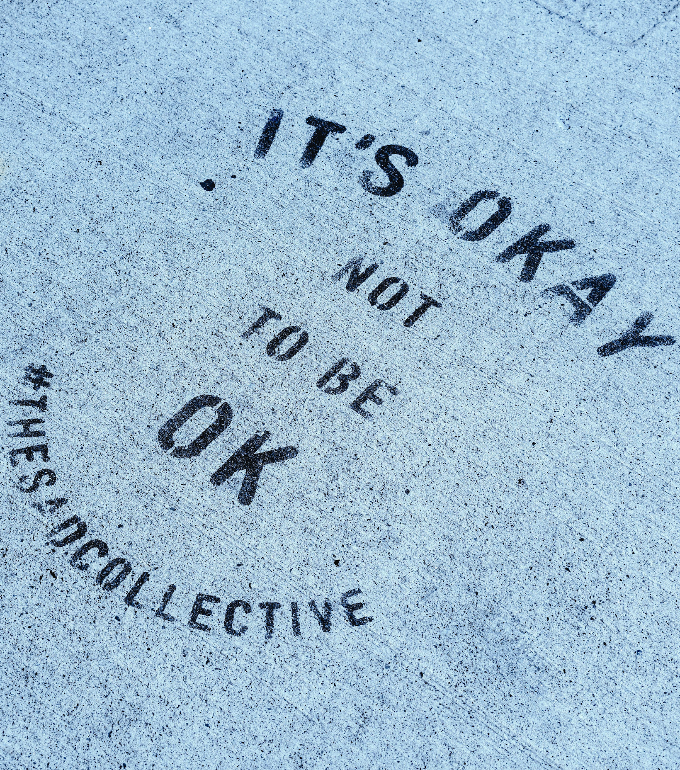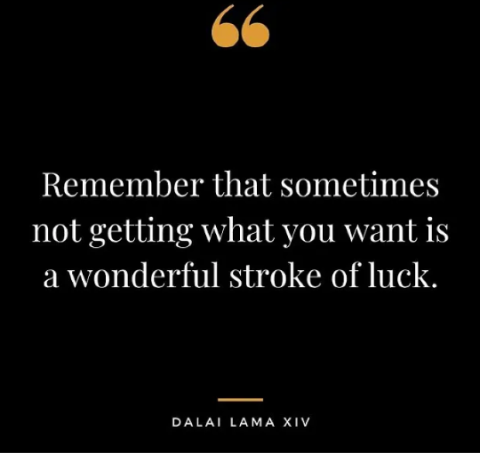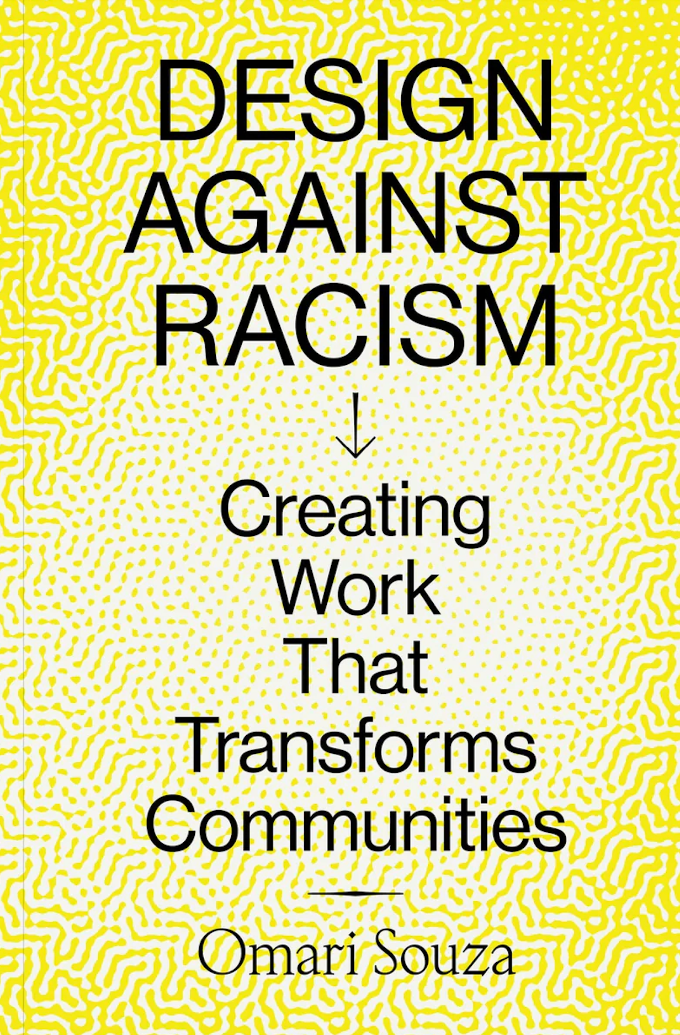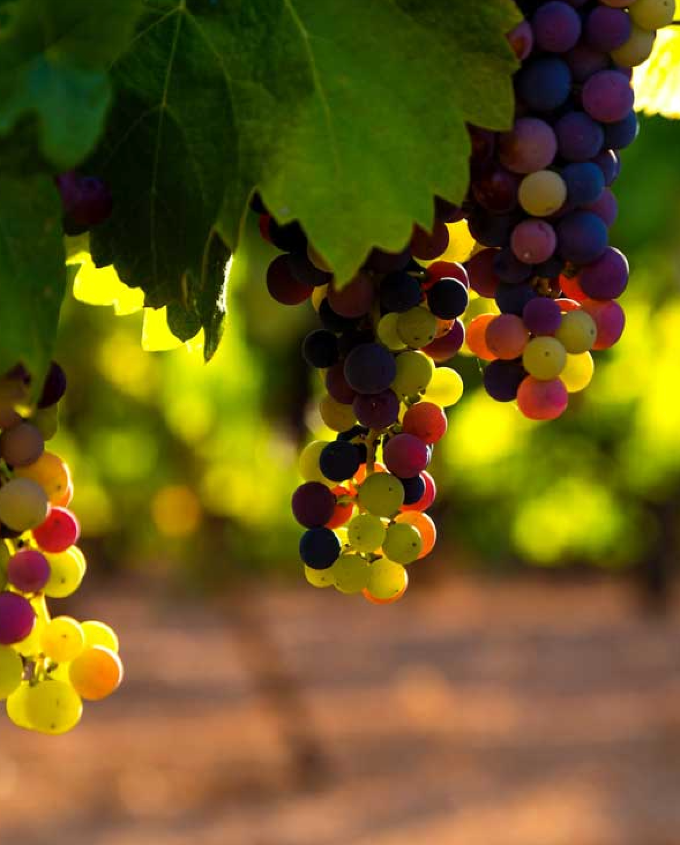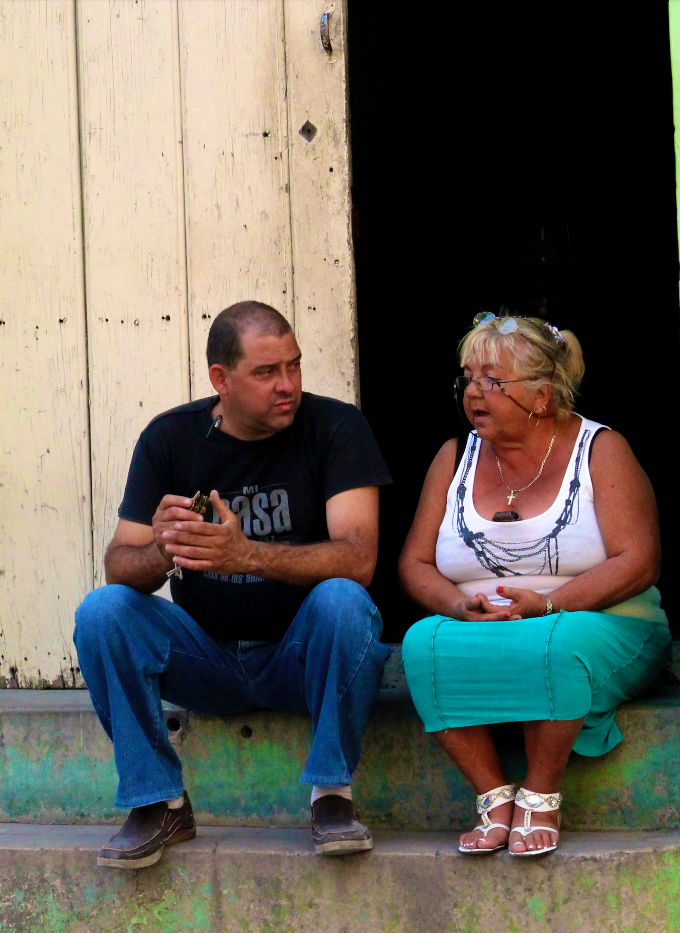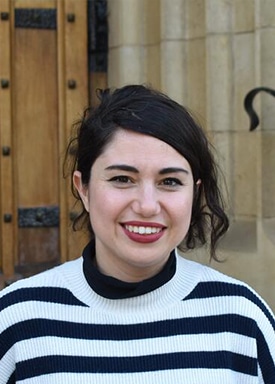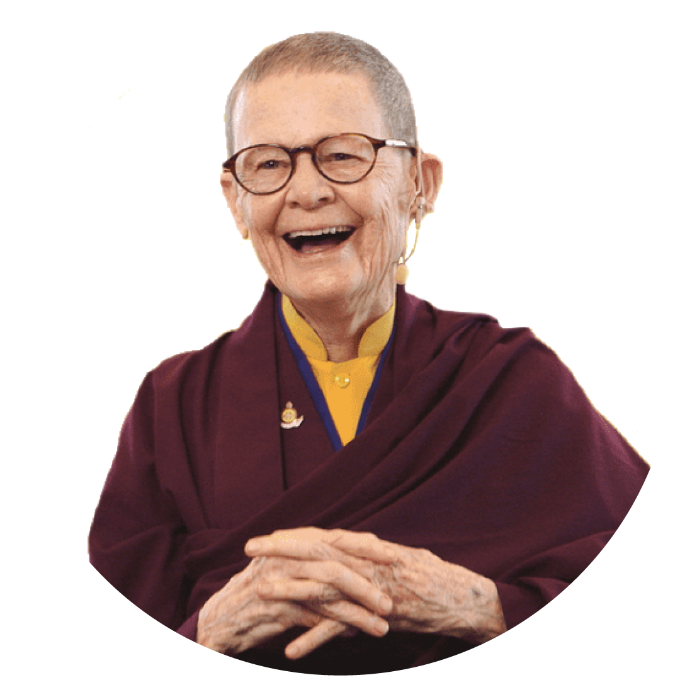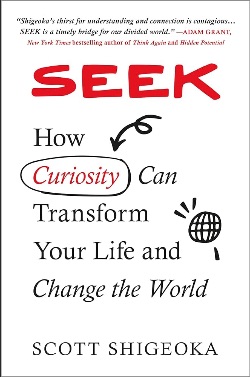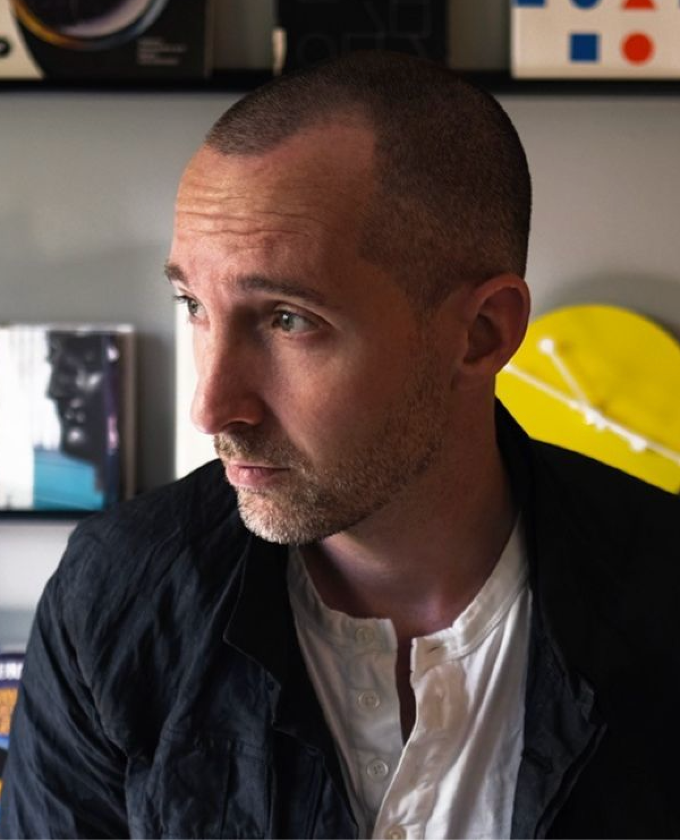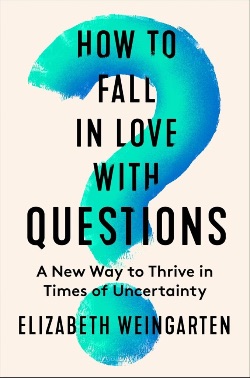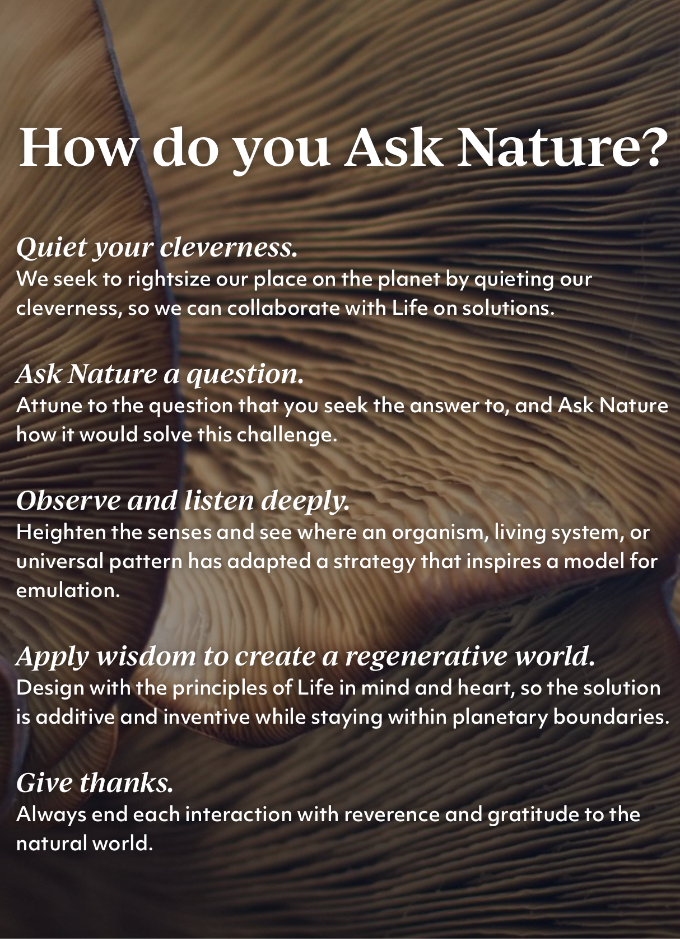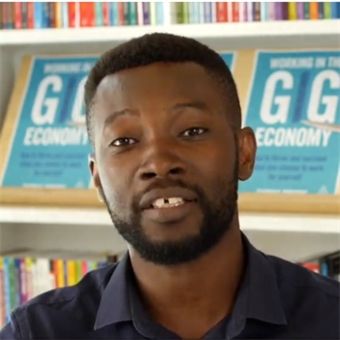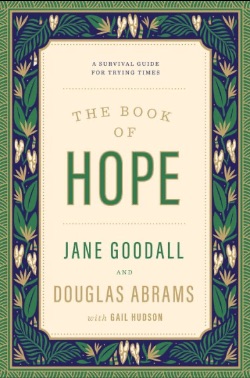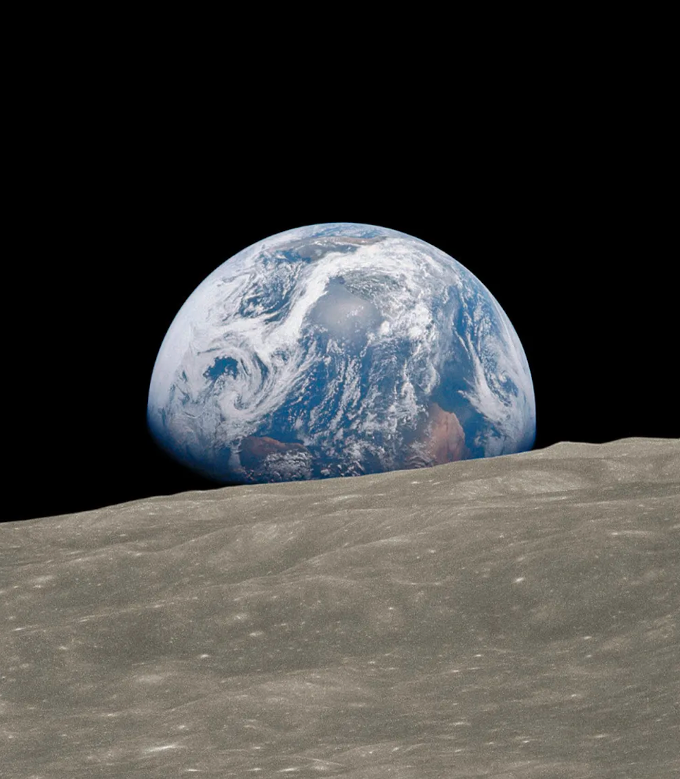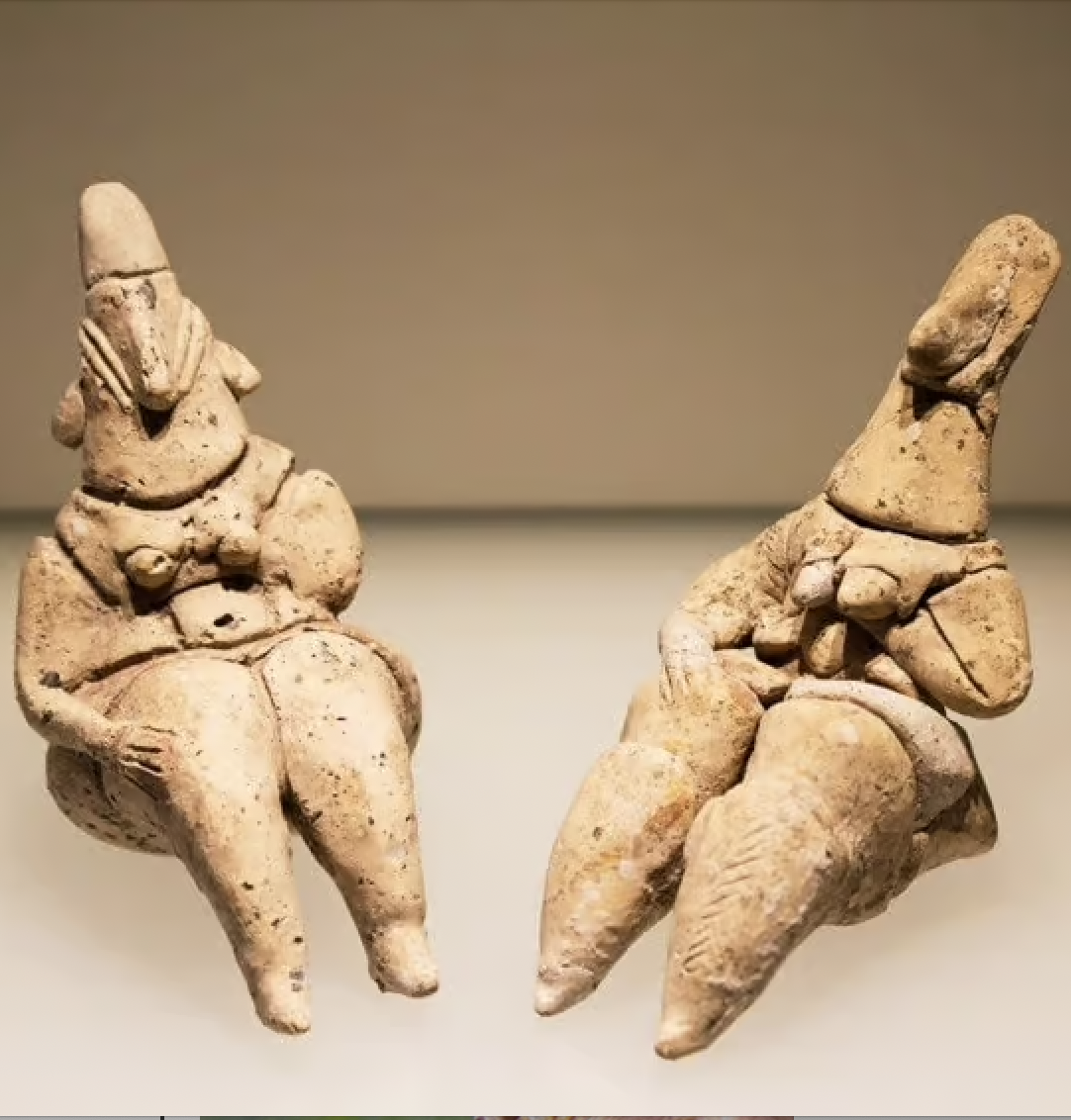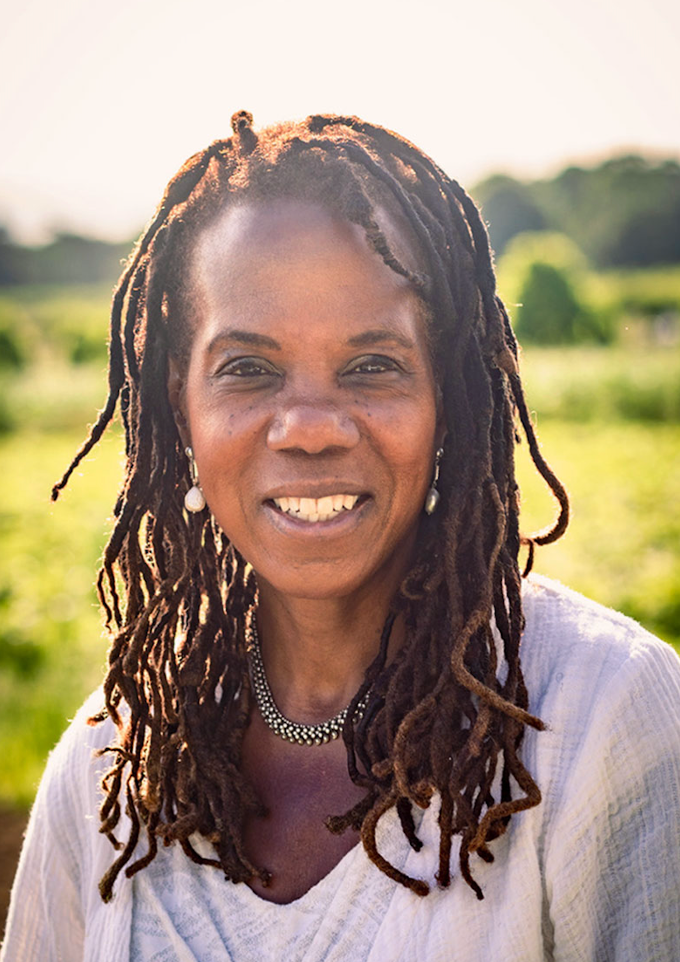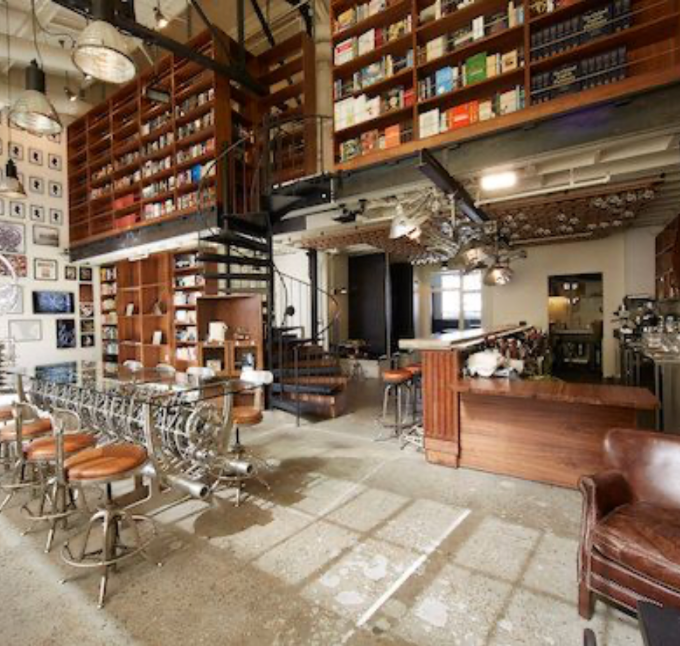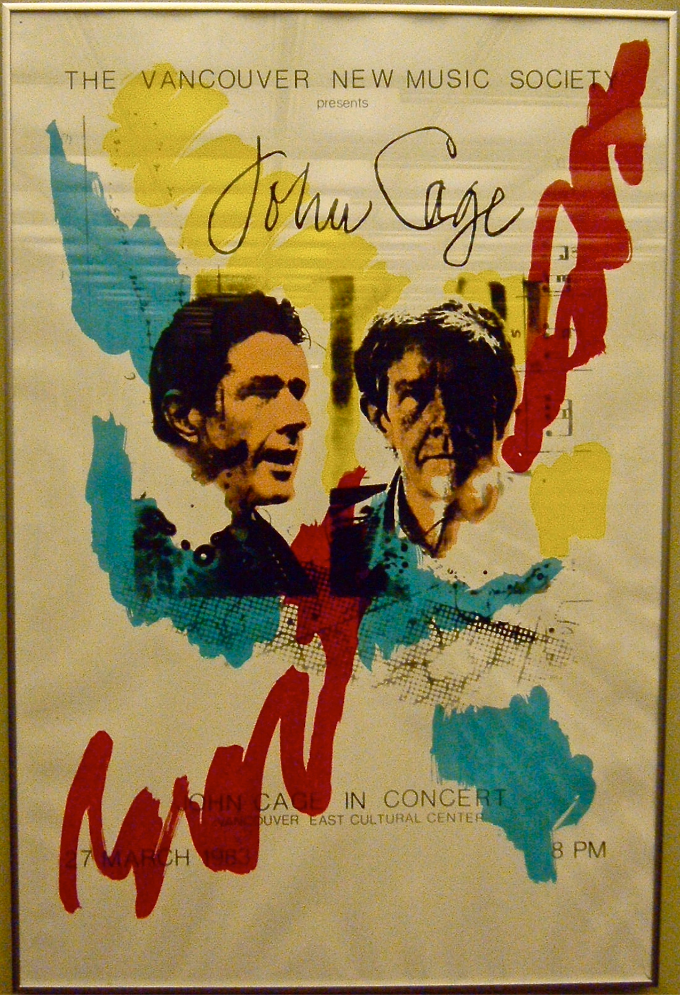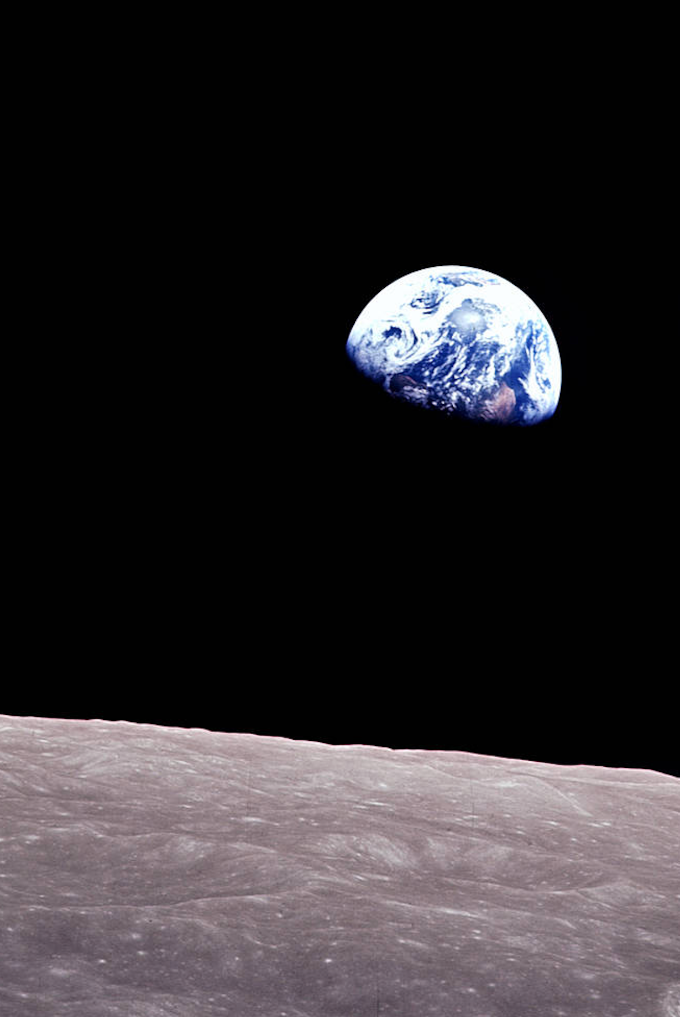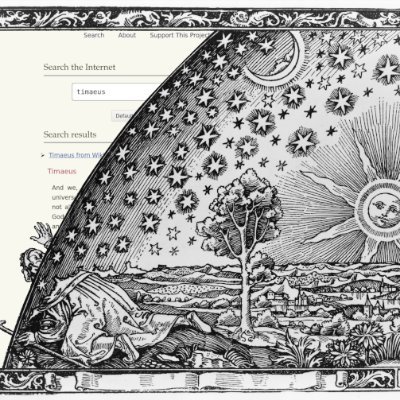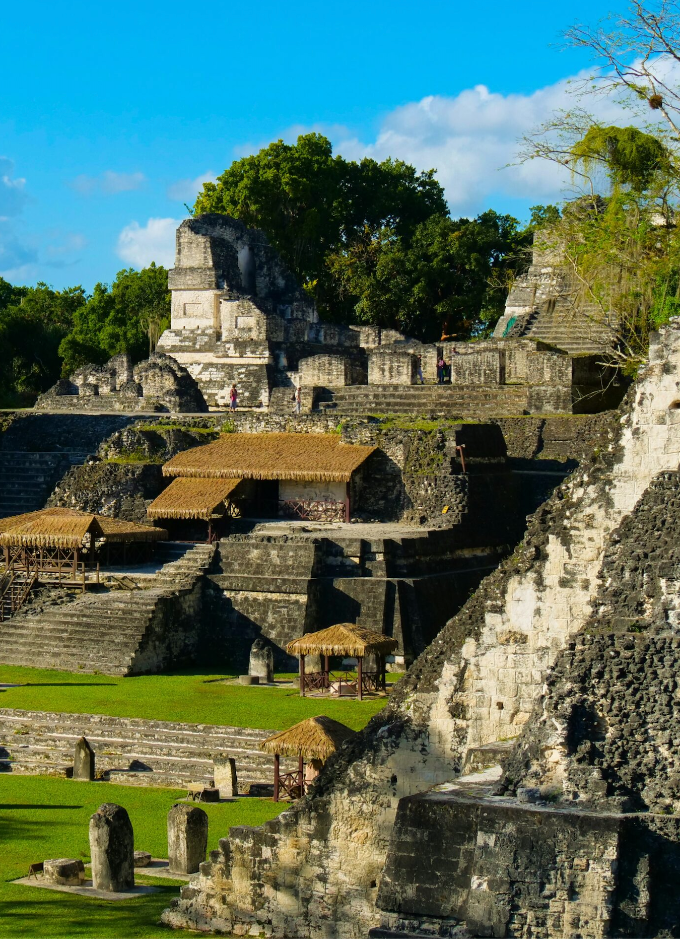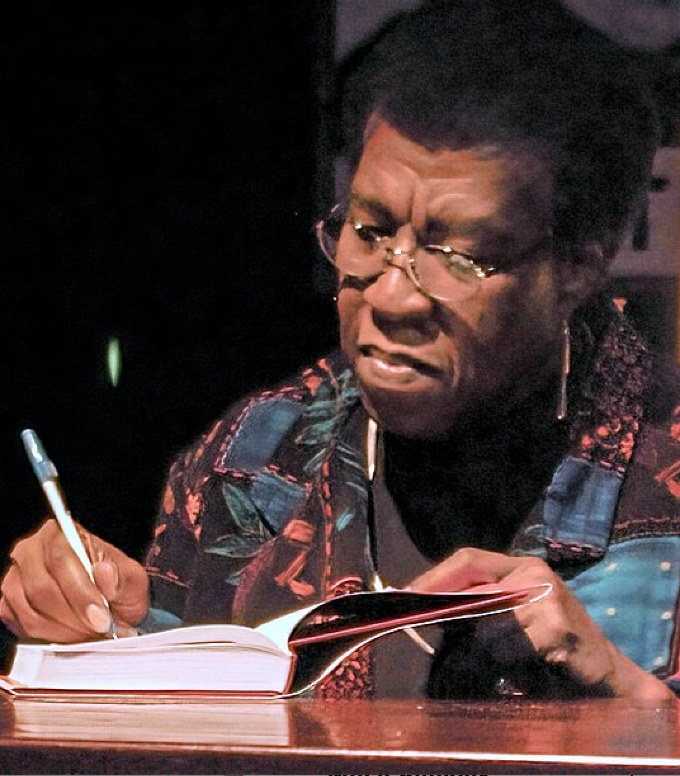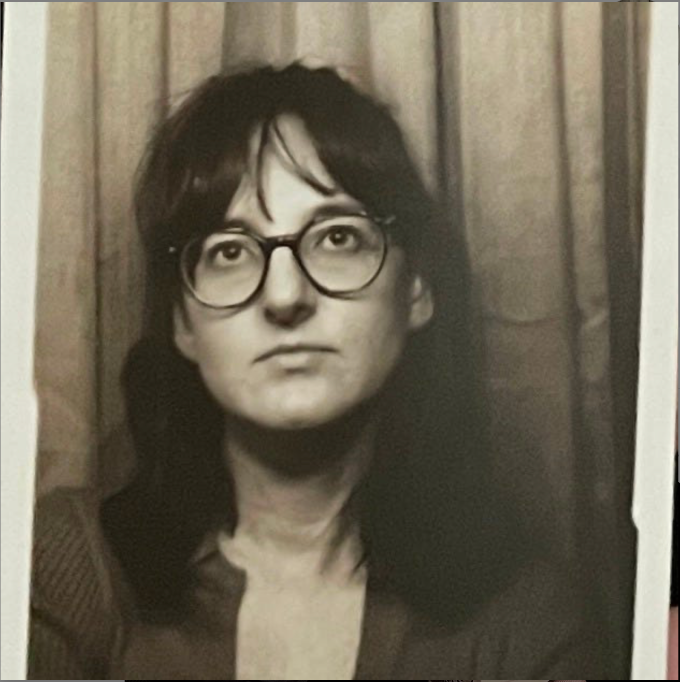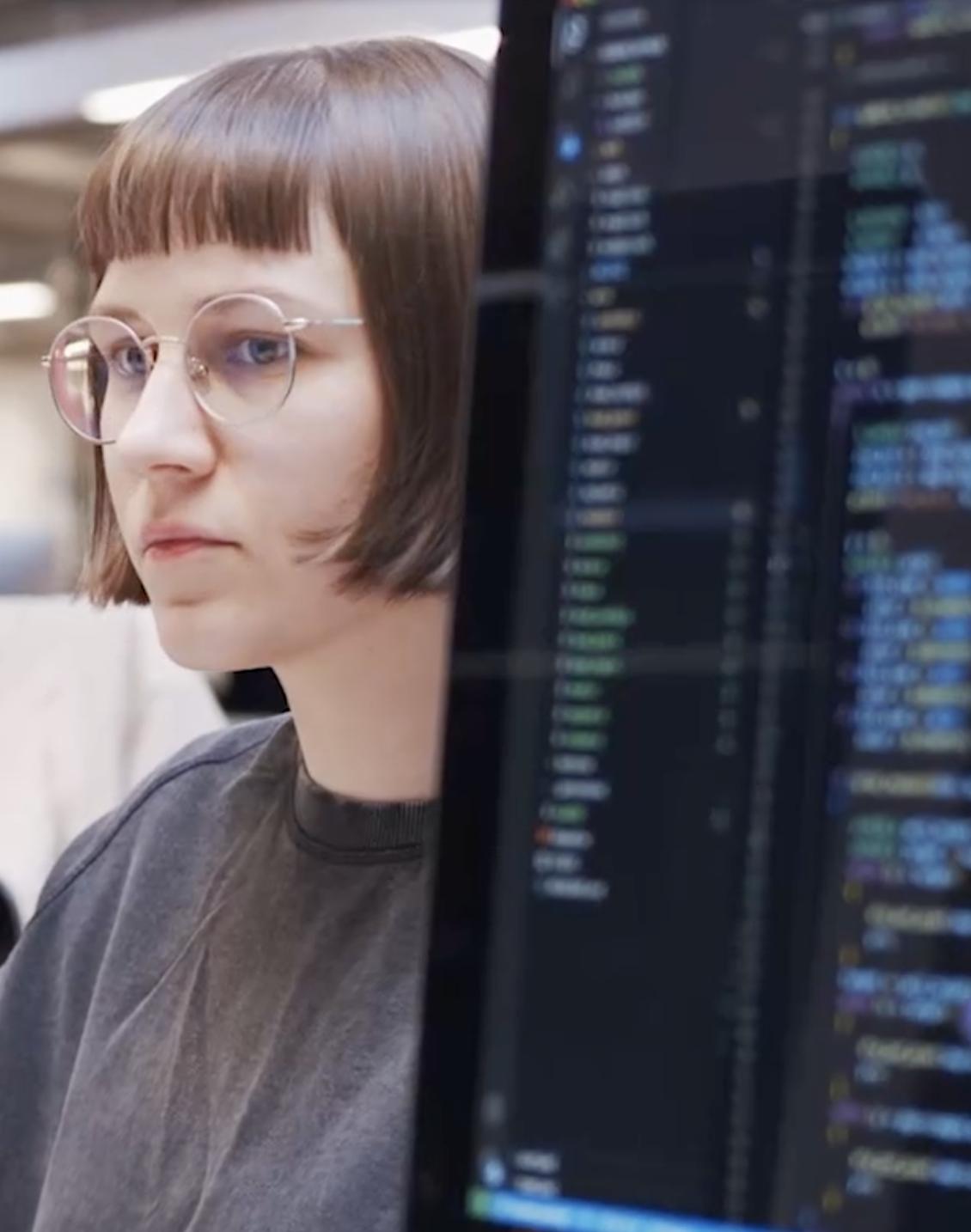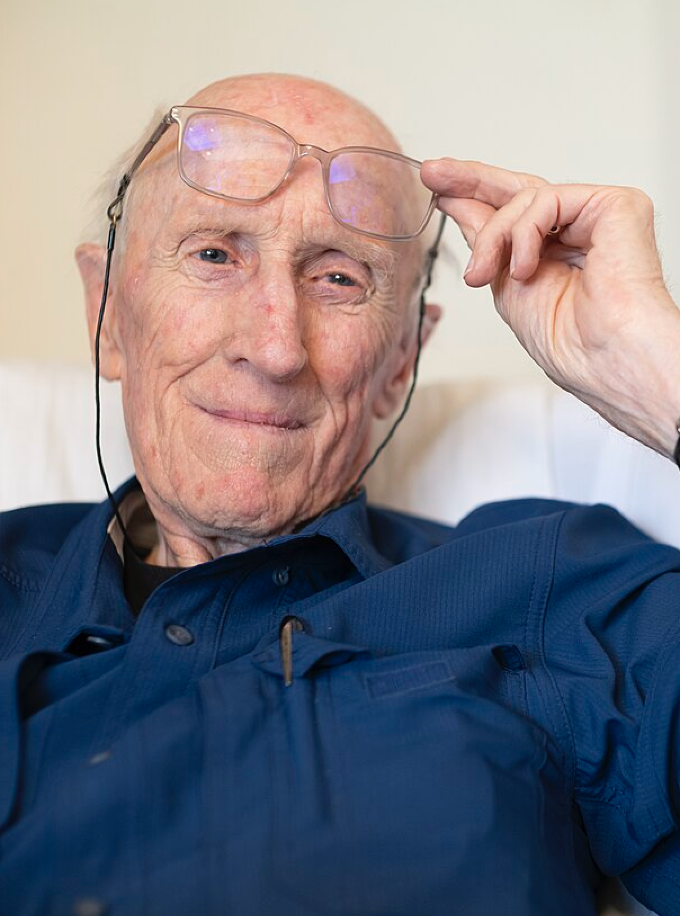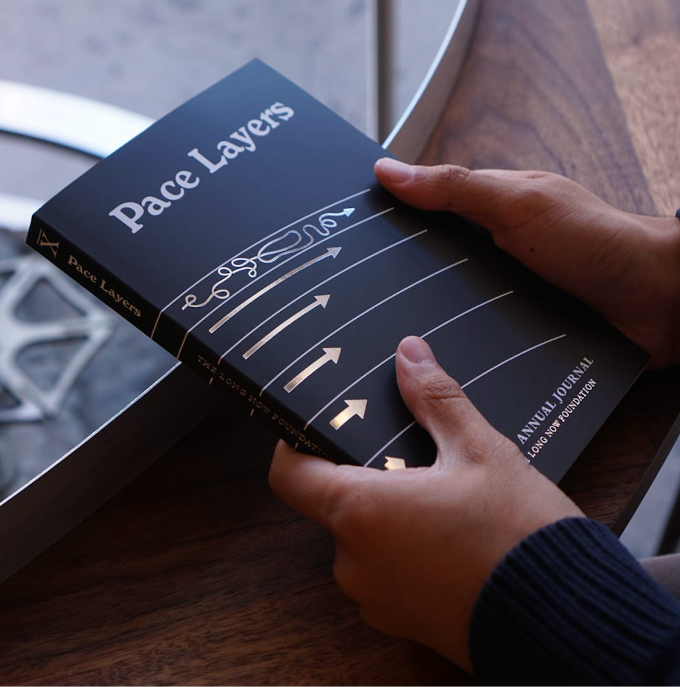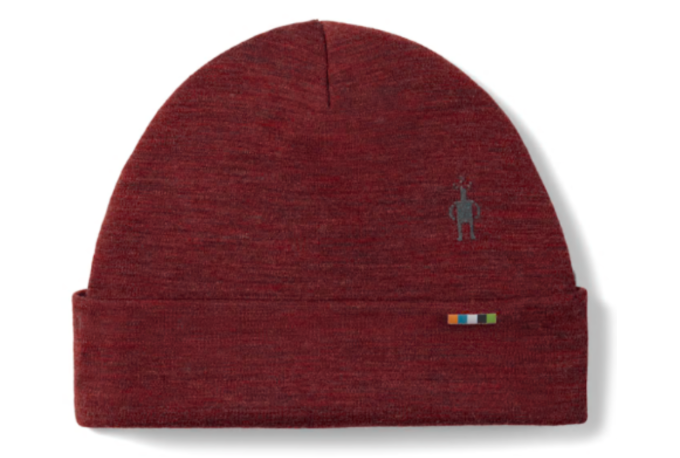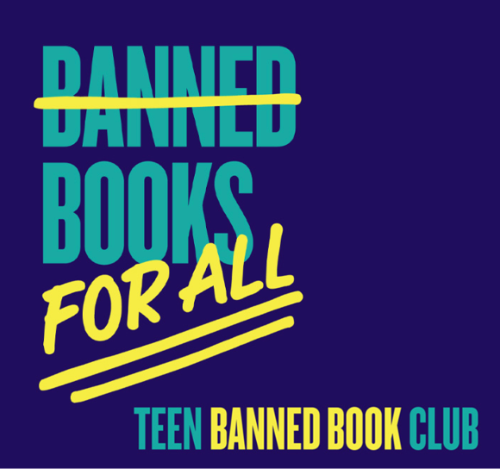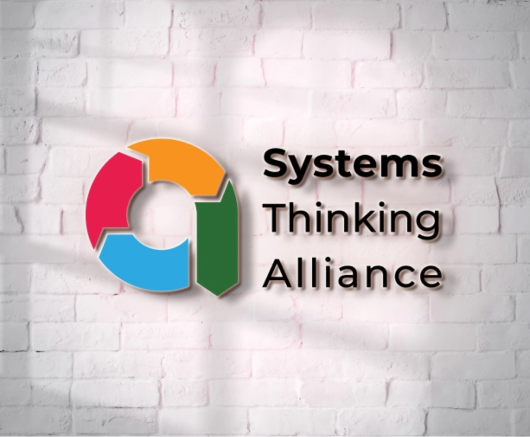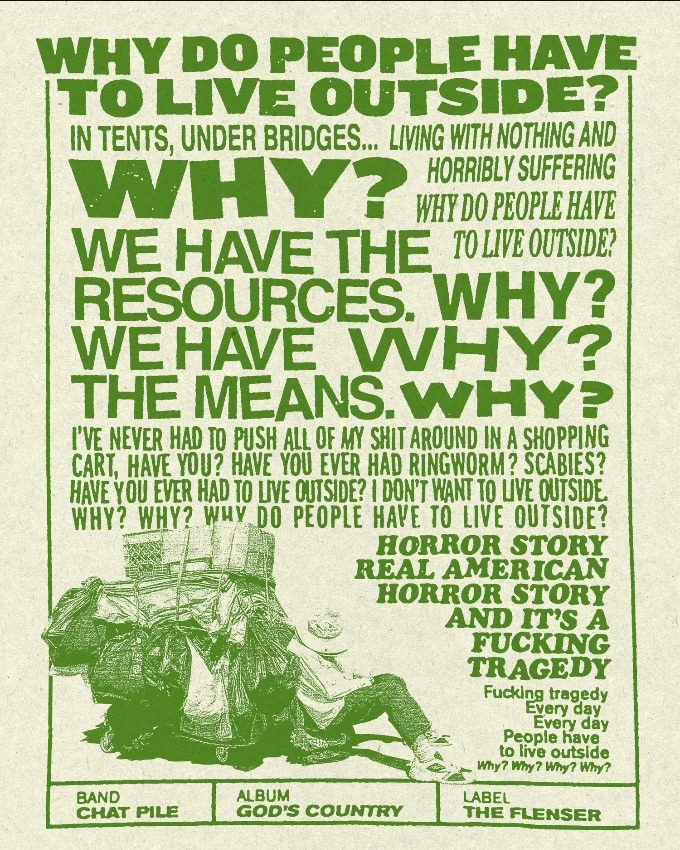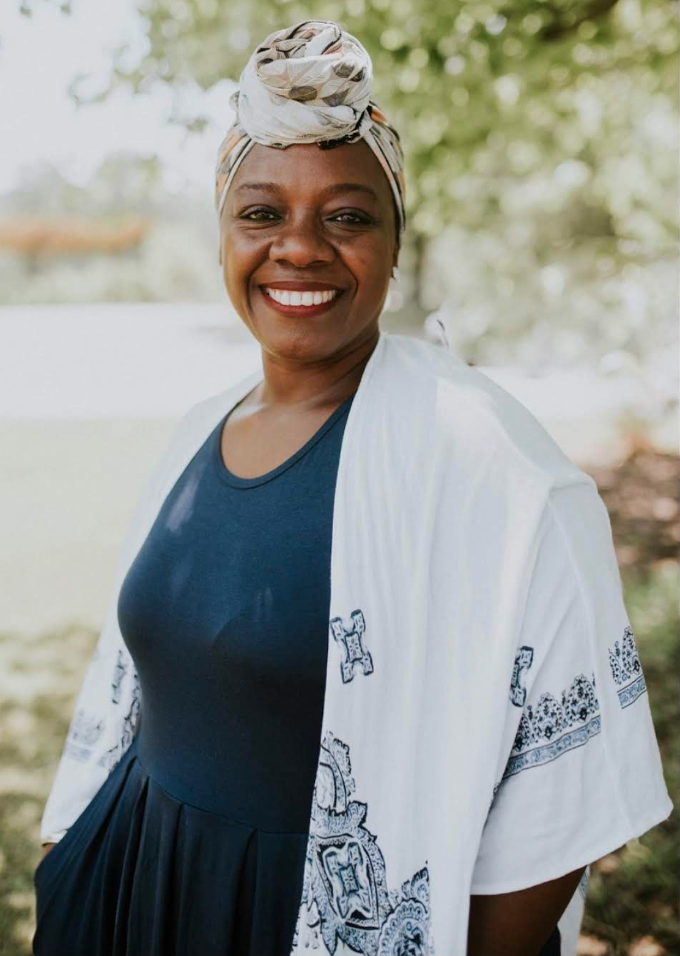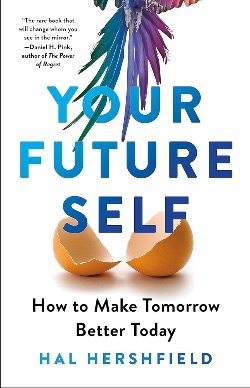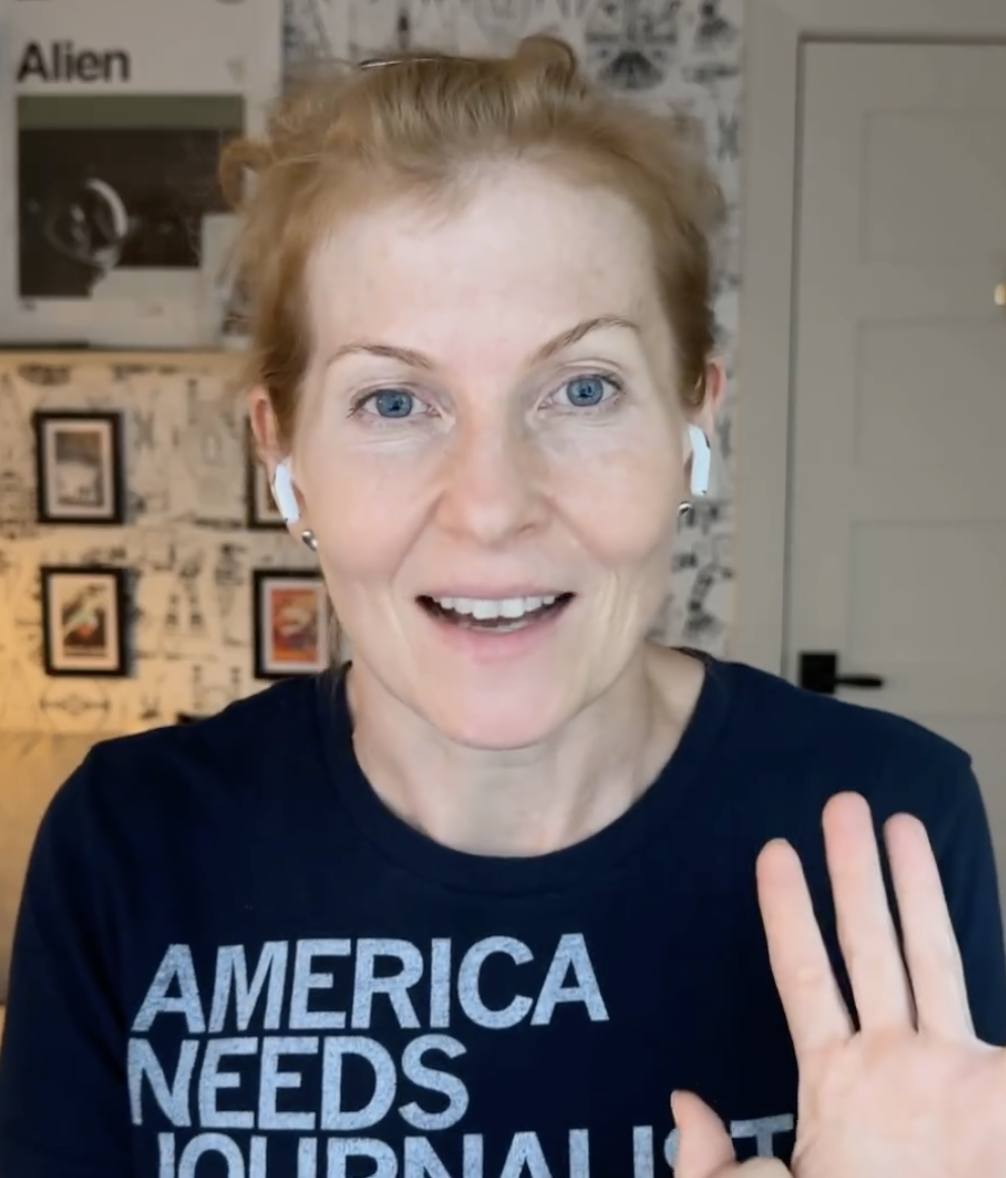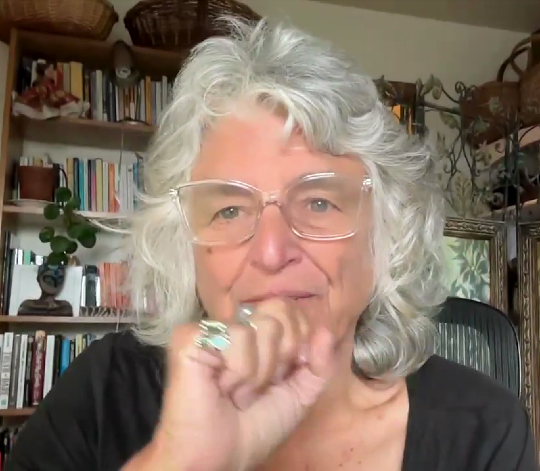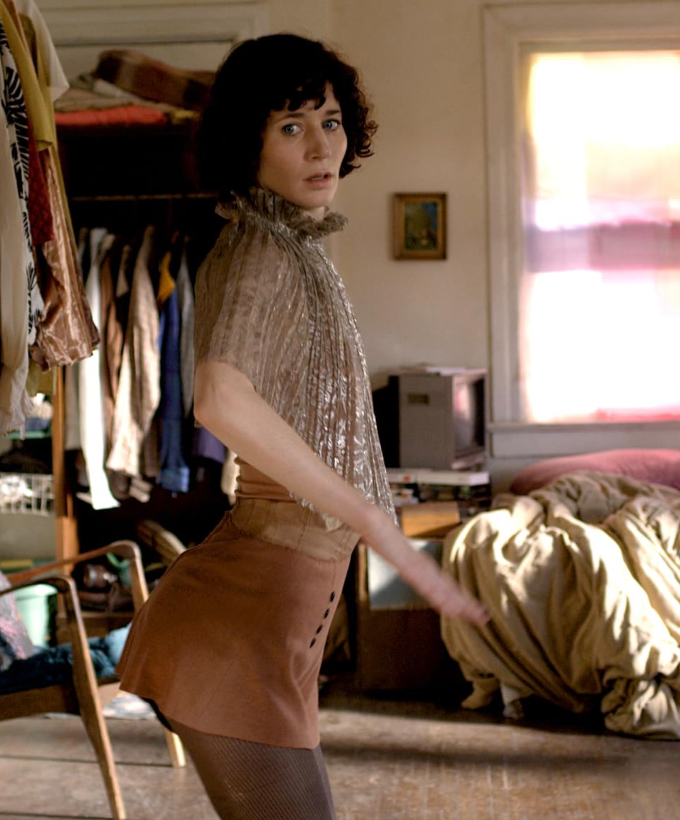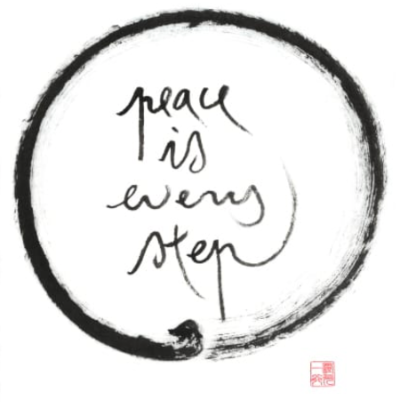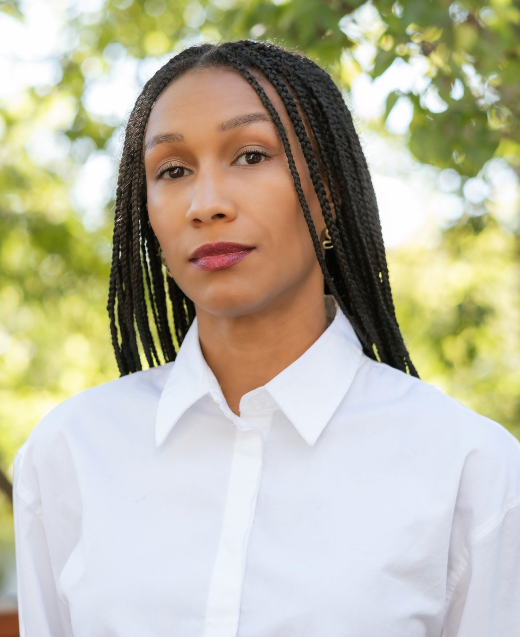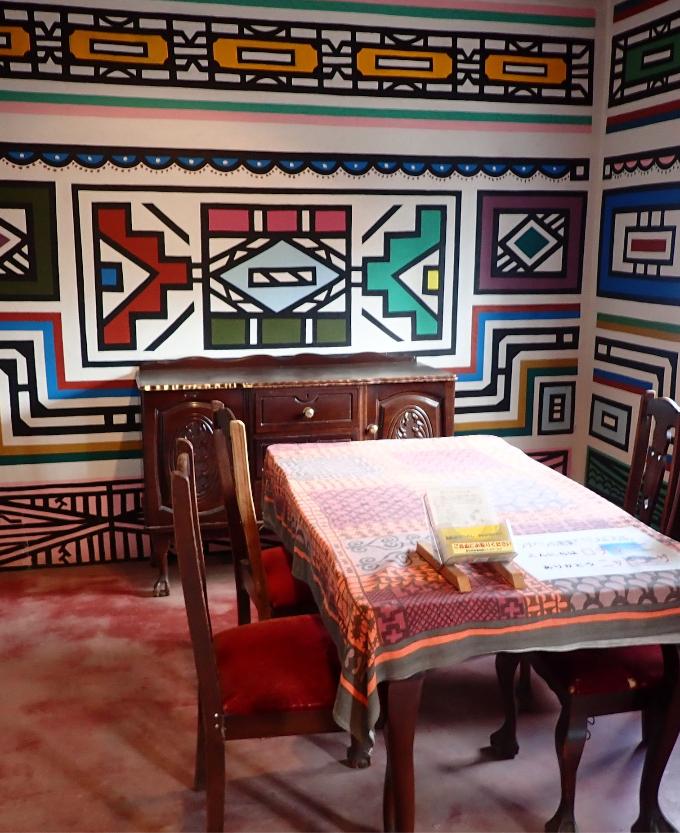
Design history as a “practice of freedom”
bell hooks saw education as a “practice of freedom," an opportunity to invite marginalized voices, encourage open dialogue, and challenge dominant narratives rather than reproduce them. Boston University professor Kristen Coogan applies this same lens to graphic design history.

Equanimity is something you do, not something you have; it is a lived way of moving through the world.
Michael Uebel is a psychotherapist and writer whose work sits at the intersection of psychology, intellectual history, and contemplative practice. Frustrated by the way equanimity is usually described—as calm, stillness, or emotional dampening—he went looking for a more dynamic understanding, one he found echoed across Western and Eastern traditions.

"The society capable of continuous renewal not only is oriented toward the future but looks ahead with some confidence."
John W. Gardner was a major American public servant and civic reformer in the 20th century. A Republican serving in a Democratic administration, he was Secretary of Health, Education, and Welfare under President Lyndon B. Johnson from 1965 to 1968.
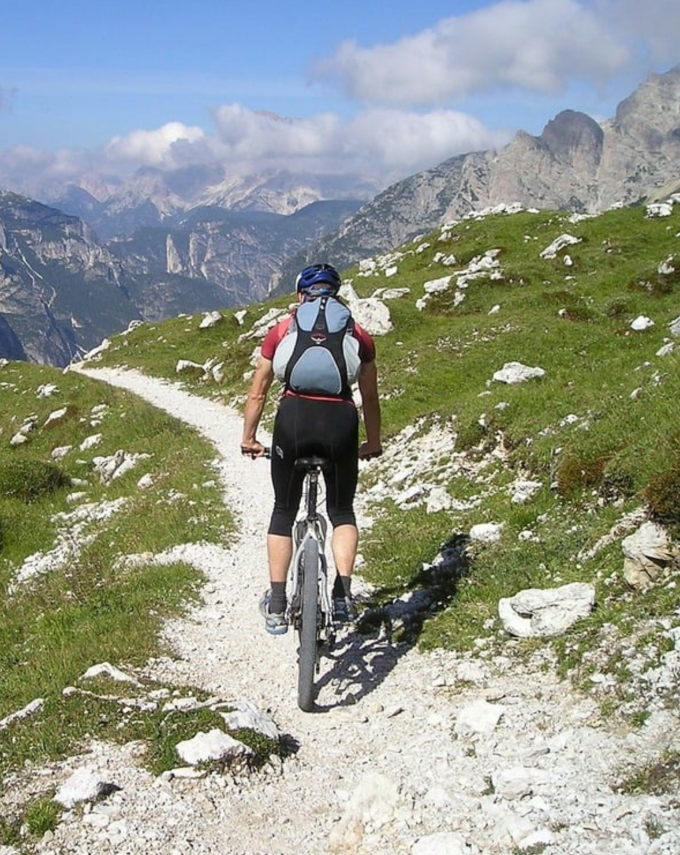
A simple way to improve at something is to imitate someone more skilled than you.
Cate Hall makes a simple observation: humans are mimicry machines. Babies learn this way, absorbing the sounds of native speakers long before they understand grammar, and mastering walking, facial expressions, and social cues through imitation.
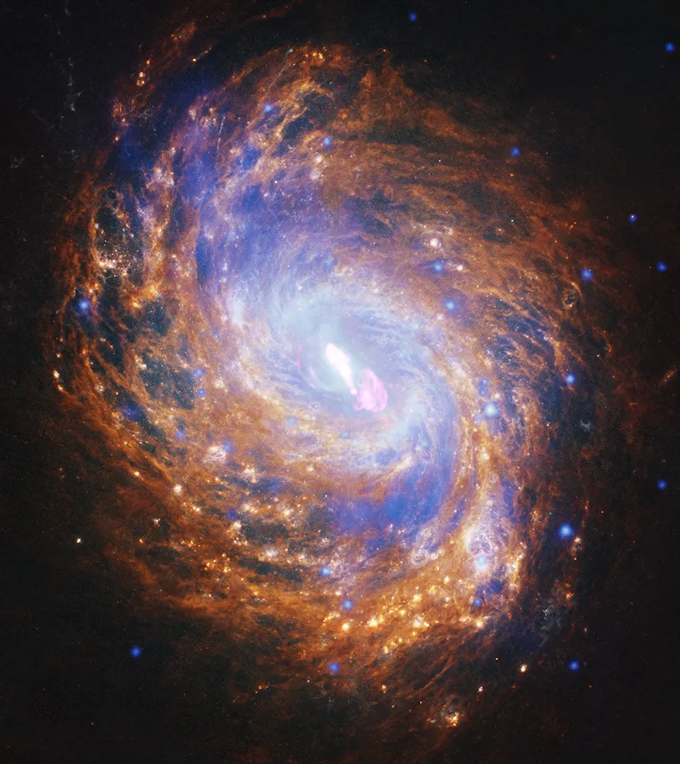
Joy is resistance
Ryan Urie asks how can we be joyful when our country is so divided, the planet is warming out of control, our democracy has been coopted by wealth, and wars are raging across the globe? Because, he says, times have been this bad before, and historically joy is what redeems life’s inevitable struggles.
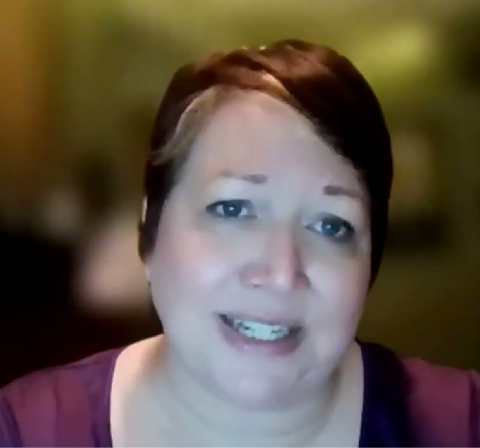
"Hope is dedication to life."
Rev. Indira Grace Huerta writes that "the blatant racism, xenophobia, religious persecution, environmental assaults and political and governmental disregard for life—all life, including the accused, the poor, the marginalized, the elderly, as well as nature and our planet—have taken their toll on my heart and mind."
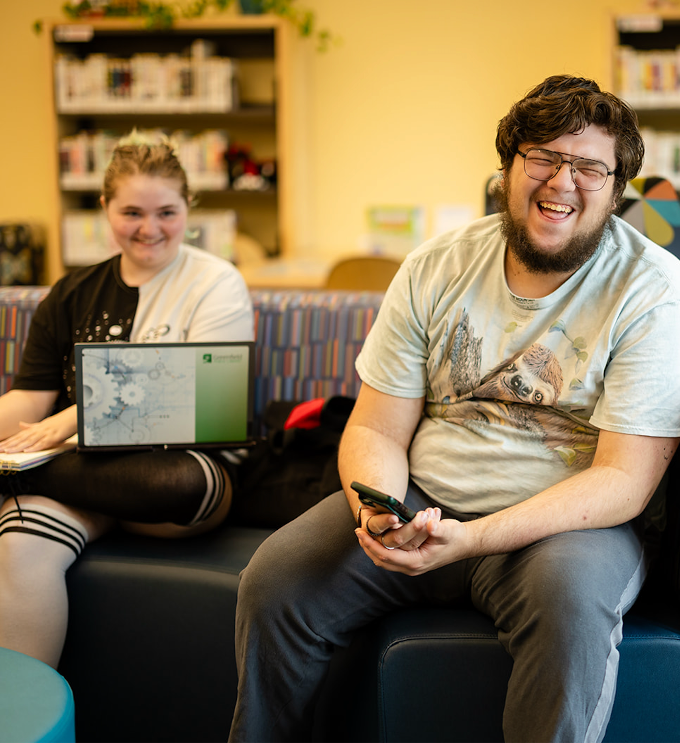
"As more libraries act as community centers for teens, they are meeting needs that schools, among other institutions, are unable to serve."
If you still think libraries are just quiet rooms full of books and shushing, it’s time to look again. Today they offer far more: technology access, museum and park passes, digital media, tools, and a wide range of community programs.
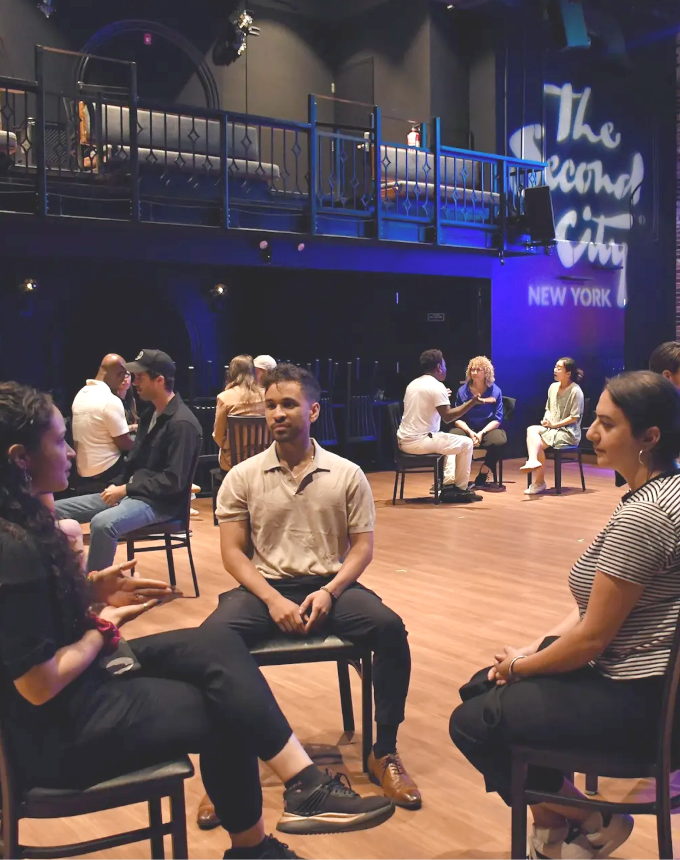
Embracing vulnerability, making decisive choices, and active listening are learnable skills.
My mind opens a bit every time someone uses the phrase “yes/and” in conversation. The term comes from improv, where a performer accepts what another has introduced (“yes”) and then adds something new (“and”).
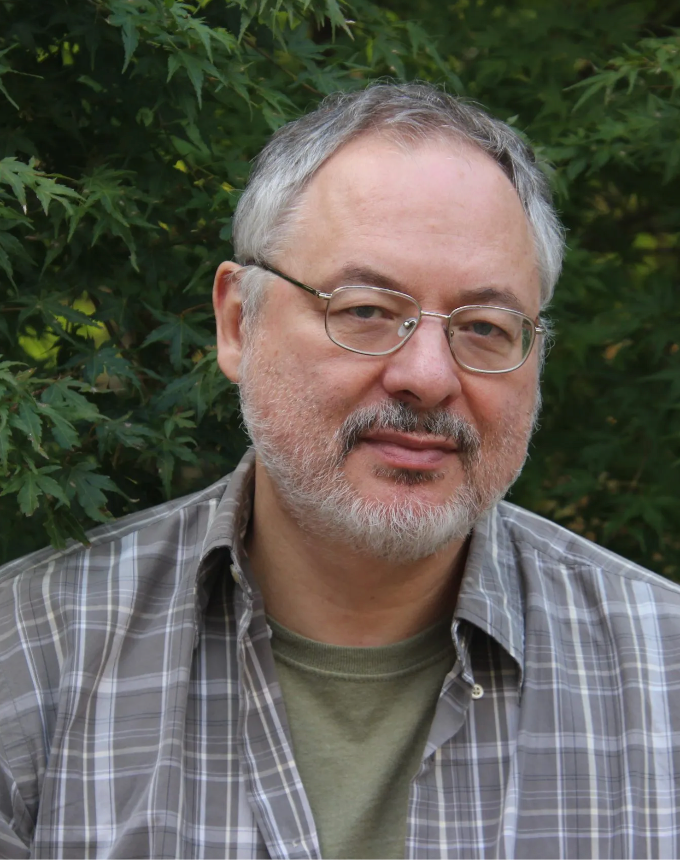
"Political violence behaves like other self-organizing natural phenomena—wildfires, earthquakes, or epidemics. "
Complexity science examines how the interacting parts of a system shape the whole in ways that can’t be understood by studying each component in isolation. Since its emergence in the mid-twentieth century, it has been used to understand systems as different as economies, social networks, climate dynamics, supply chains, and public health.

"My heart is at peace, peace generated from my faith in interbeing, in impermanence, and in continuation."
Mick McEvoy is the manager and head of the permaculture garden known as the Happy Farm, at Plum Village, the Buddhist monastery founded by Thich Nhat Hanh in France.
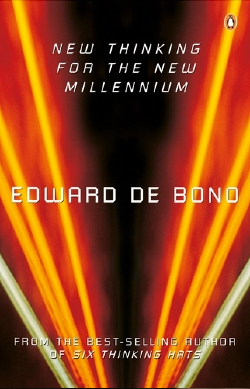
"The only way to relegate yesterday’s news to the dustbin of history is to rebel today by re-imagining tomorrow."
I love Edward de Bono’s reminder that we can enjoy the future. Solarpunk is a transdisciplinary movement—spanning literature, art, and activism—that celebrates the radical hope required to make that possible
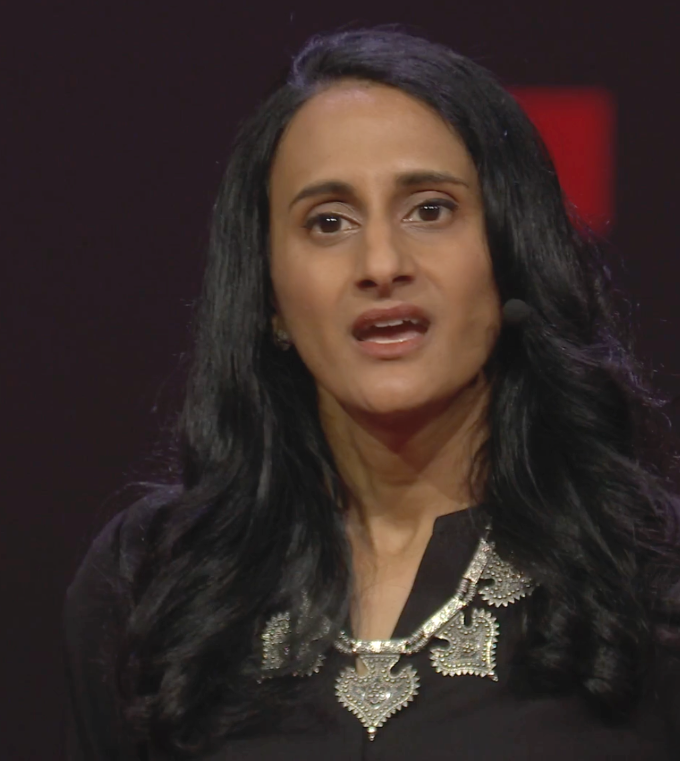
We don't spend much time imagining all the possibilities the future holds.
She is a science policy expert, journalist, and author working at the crossroads of social progress, environmental change, and science policy. In her 2019 book The Optimist’s Telescope: Thinking Ahead in a Reckless Age, she explores how individuals and societies can overcome shortsightedness to confront long-term challenges like climate change and public health.

“If you do not design the future, someone or something else will design it for you.”
Here’s a delightfully radical perspective: we do not need to suffer the future. In fact, since the future exists only as a conceptual exercise in possibility, we have every reason to enjoy it.

How we can choose a better route into the future
In 2006 Thomas Homer-Dixon, a political scientist and complexity theorist, warned that converging energy, environmental, and political-economic stresses could cause a breakdown of national and global order.
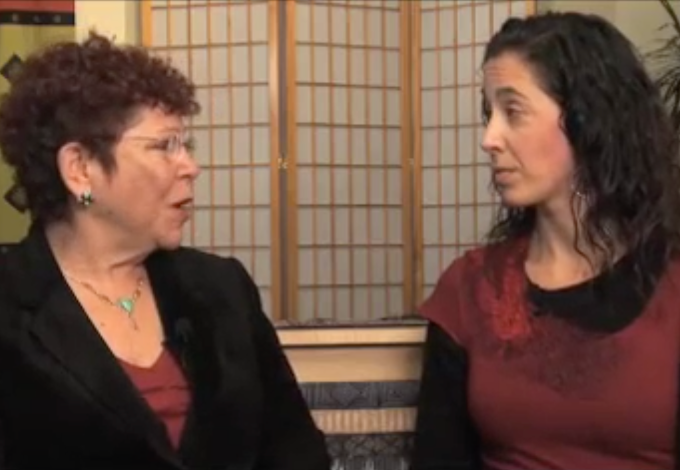
How to escape from old ideas
Margaret J. Wheatley and Deborah Frieze's book Walk Out Walk On follows ordinary people from seven communities—in Mexico, Brazil, the United States (Ohio), South Africa, Zimbabwe, India, and Greece—who have “walked out” of broken systems and dependency on outside solutions and “walked on” to build resilient, creative, and self-sustaining communities.
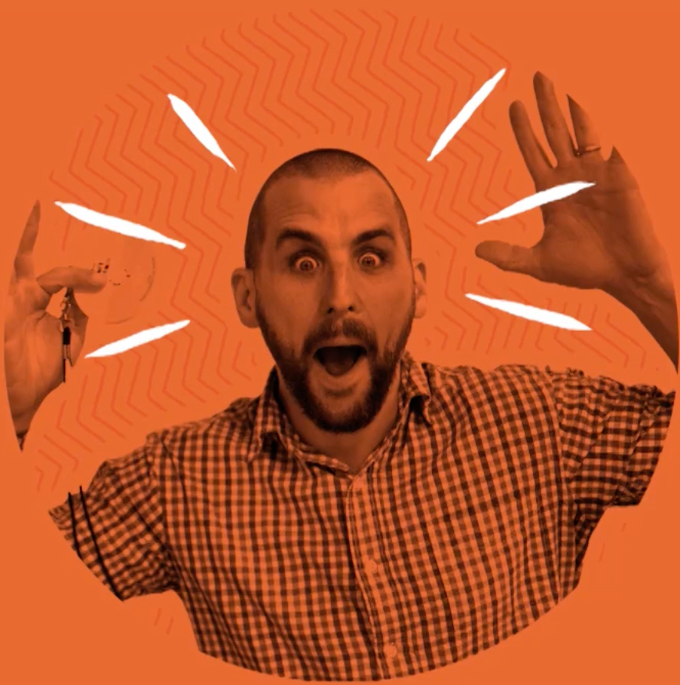
Complaints are a really lousy way to express and idea.
Scott Berkun, an author and speaker on innovation, creativity, and design, thinks that complaining is a lousy way to initiate real change. Instead, he urges people to channel their frustrations into constructive action.
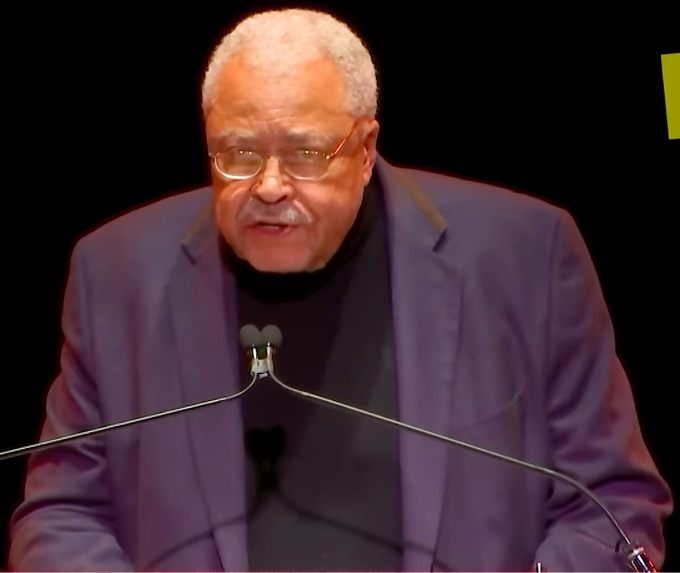
"Seriously, I mean starting right now. Do art and do it for the rest of your lives."
In 2006 Ms. Lockwood, an English teacher at Xavier High School in New York City, assigned her freshman English class to write persuasive letters to their favorite authors, inviting them to visit the school and asking for advice.
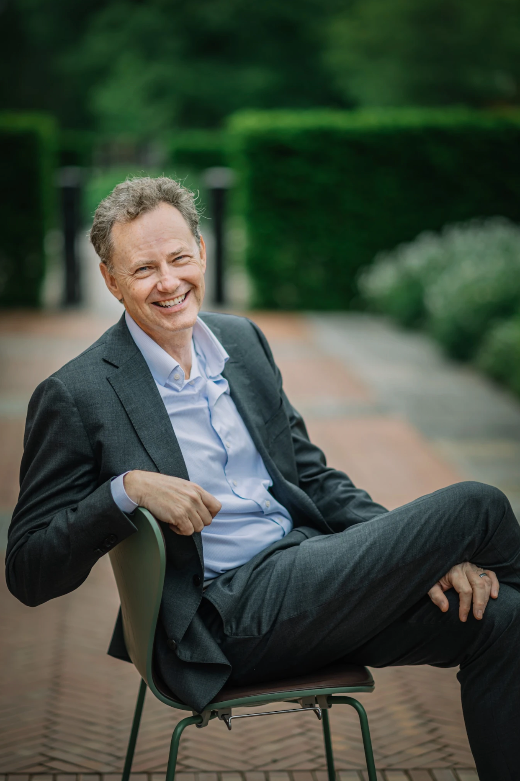
How learning to live with uncertainty about the past can help us make wiser decisions about the future
Francis Gavin says we're doing it wrong. He says we need a smarter way to learn from history. We tell simple stories about the past because they’re easier to understand.
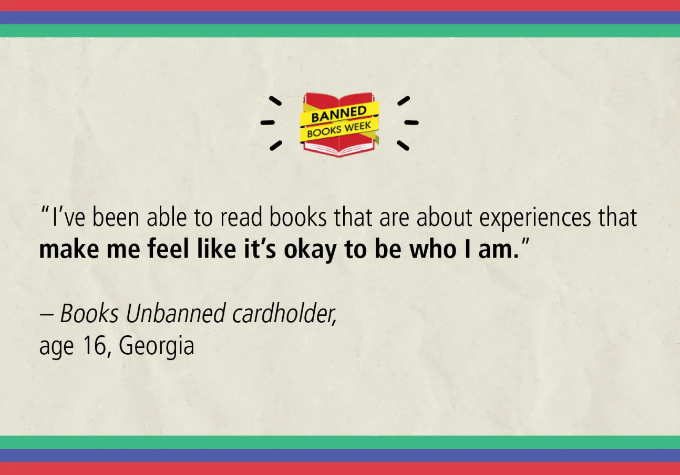
Banned Books Week ends tomorrow. But young people still have free digital access to books that may be restricted in their communities.
Launched in 2022 by the Brooklyn Public Library, the Books Unbanned initiative gives young people free digital access to books that may be restricted in their communities.
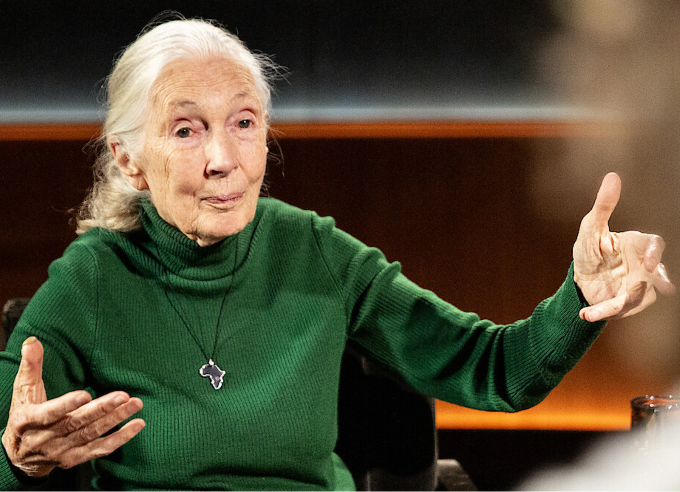
"You have it in your power to make a difference. Don’t give up. There is a future for you. Do your best while you’re still on this beautiful Planet Earth."
Jane Goodall had long described hope as an active, moral choice—something you do, not just something you feel. For her, hope was not blind optimism but a form of responsibility, the force that keeps people working for change even when the odds seem impossible.
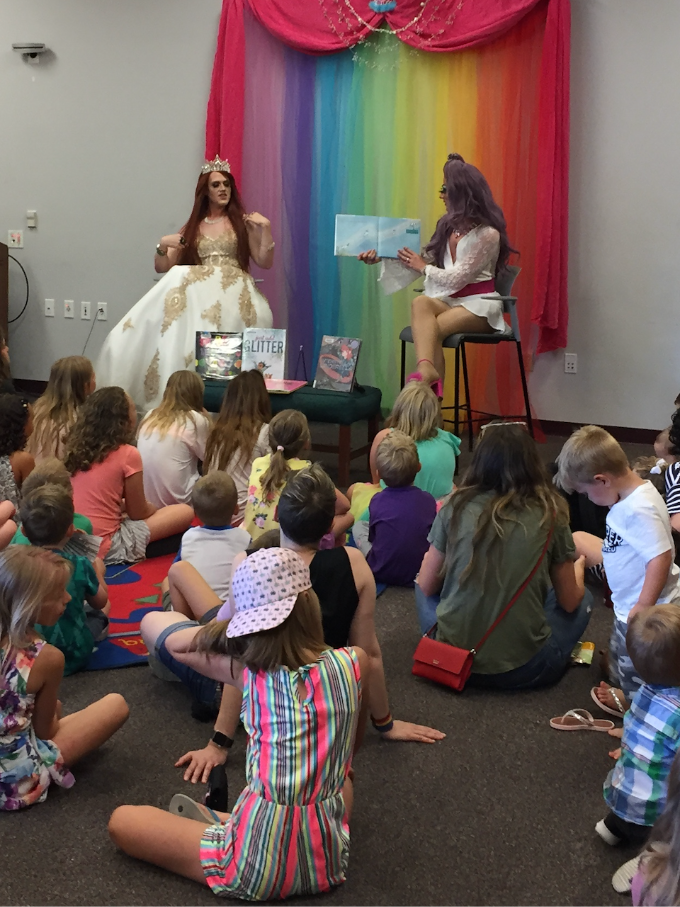
"For many people who read, there is a desire to find an escape and also a need to be found."
Nina West made history in 2019 as the first person to walk the Primetime Emmy Awards “purple carpet” in full drag, the same year her season of RuPaul’s Drag Race won multiple Emmys, including Outstanding Reality Competition Series.
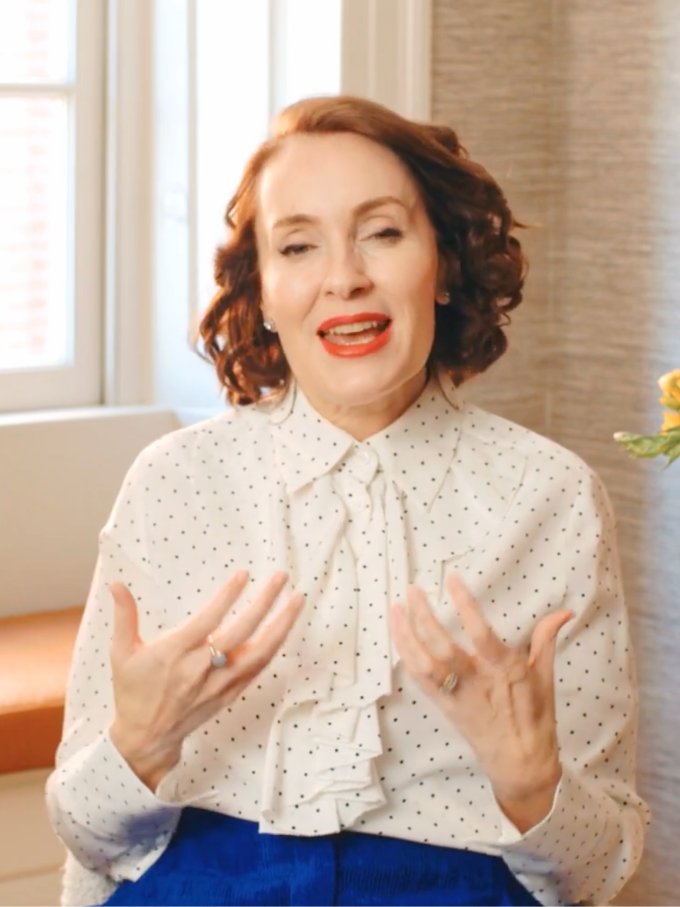
“Discomfort is the price of admission to a meaningful life.”
Susan David is recognized as a leading thinker on emotional intelligence and its role in organizational health. Yet she wrote this book, Emotional Agility: Get Unstuck, Embrace Change and Thrive in Work and Life, for anyone seeking to improve mental well-being and self-management in any relationship, regardless of context.

All things are interconnected.
This week’s quote from Thich Nhat Hanh comes from his book Peace Is Every Step: The Path of Mindfulness in Everyday Life, first published in 1991. The book is a practical guide to cultivating mindfulness and peace in daily activities, even amid the stress and rush of modern life.

Seeing crisis as a homecoming that brings us back to community, collaboration, and shared purpose
Sarah Wilson wants to confront what few dare to say: our civilization, as we know it, is not going to make it. Climate deadlines? We’re missing them.

Yes, we are still on a trajectory of overshooting and potential collapse, but...
In 1972, a team of MIT scientists used systems modeling to explore the future of industrial civilization. Their report, The Limits to Growth—commissioned by the Club of Rome—warned that without radical change, society would reach its limits and collapse within the 21st century.

“There are solutions to the major problems of our time; some of them even simple. But they require a radical shift in our perceptions, our thinking, our values."
Fritjof Capra and Pier Luigi Luisi have synthesized contemporary scientific knowledge to show that true sustainability requires aligning human systems—economic, social, and political—with the patterns and values of natural systems: cooperation, diversity, and cyclical processes.

Business as usual is clearly failing us. We need completely different visions of futures that work.
Manda Scott is recognized as a leading champion of the concept of “Thrutopia”—narratives that guide society through crisis toward regeneration, rather than merely imagining dystopias or unattainable utopias.
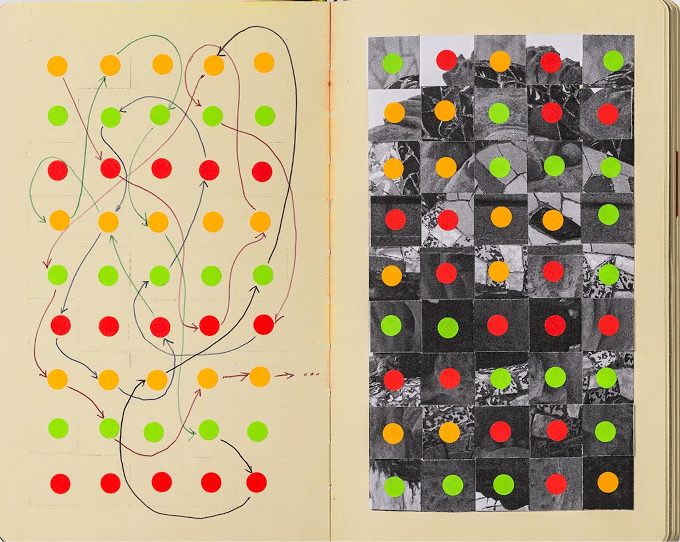
“People are incredibly generous, and creativity has no limits."
In 2012, Konstantinos Trichas had just moved from Athens to London and was eager to break into the city’s design scene. At the time, he was freelancing and commuting two and a half hours each way from East London.
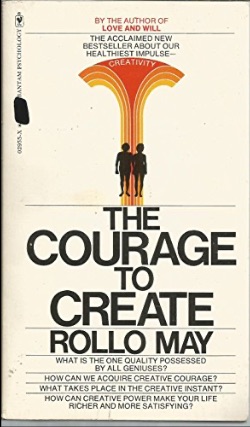
"Courage is not the absence of despair; it is, rather, the capacity to move ahead in spite of despair."
When The Courage to Create appeared in 1975, humanistic psychology was reshaping the cultural conversation. Ideas of self-awareness, self-acceptance, and personal growth were moving from the margins into the mainstream.
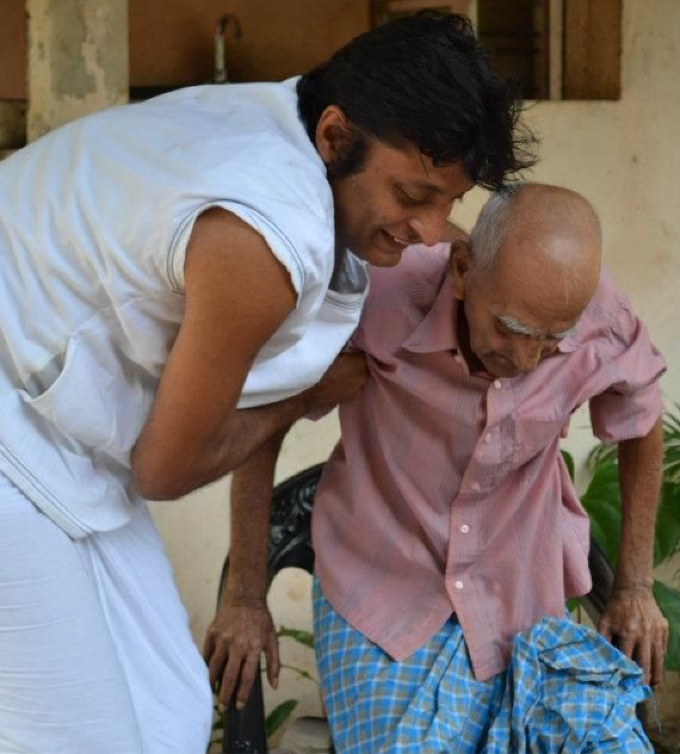
Helping others has measurable and lasting cognitive benefits
Helping others feels good, and it's good for you. New research shows that regular acts of helping others, whether formal volunteering or informal neighborly aid, slow cognitive decline significantly in middle-aged and older adults.
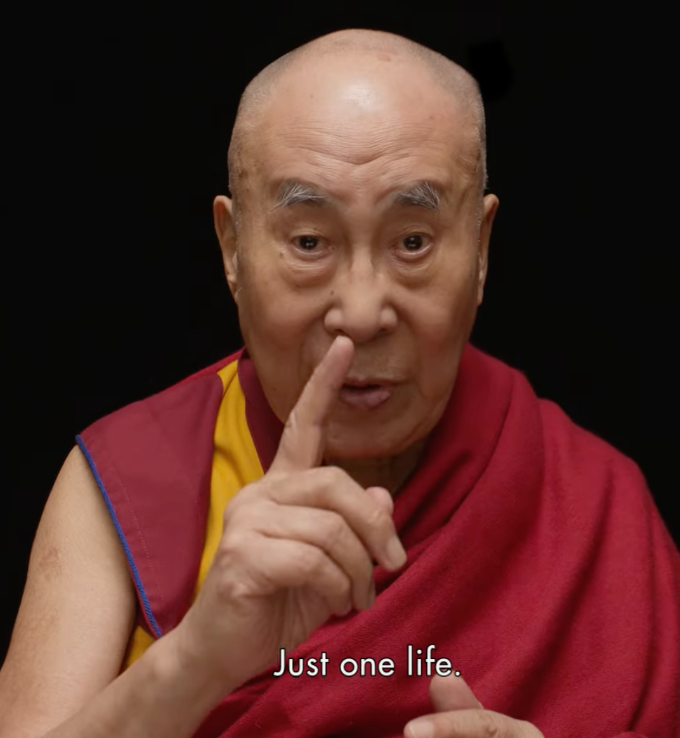
The Dali Lama on making a kinder world
In early 2020, the 14th Dalai Lama sat down in his own home for a filmed conversation. In this intimate setting, he shared personal reflections, life experiences, and teachings. These direct-to-camera talks became the seed for a cinematic portrait that blends his storytelling with archival footage, offering a window into both the man and his timeless wisdom.
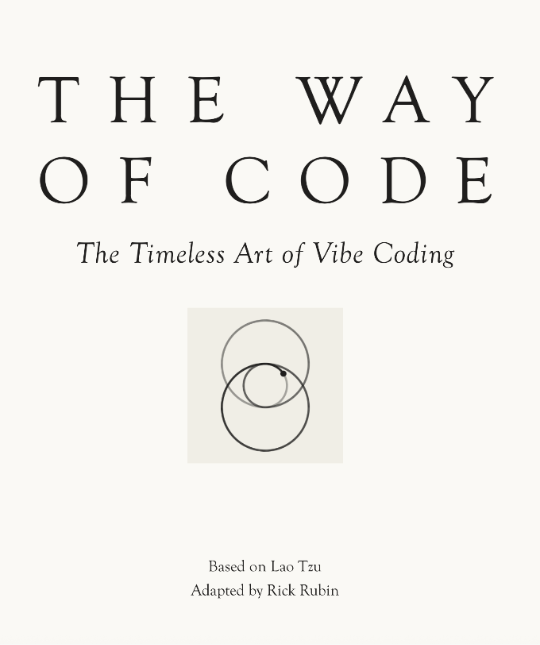
"The network endures because it does not live for itself."
In his 2023 book, The Creative Act: A Way of Being, Rick Rubin articulated his philosophy that creativity is a way of being—a lifelong practice of curiosity, openness, and engagement with the world. Writing in the the New York Times reviewer Tim Kreider described the book as “more Lao Tzu than self-help,” noting that it reads like contemporary Taoist wisdom for creative living.
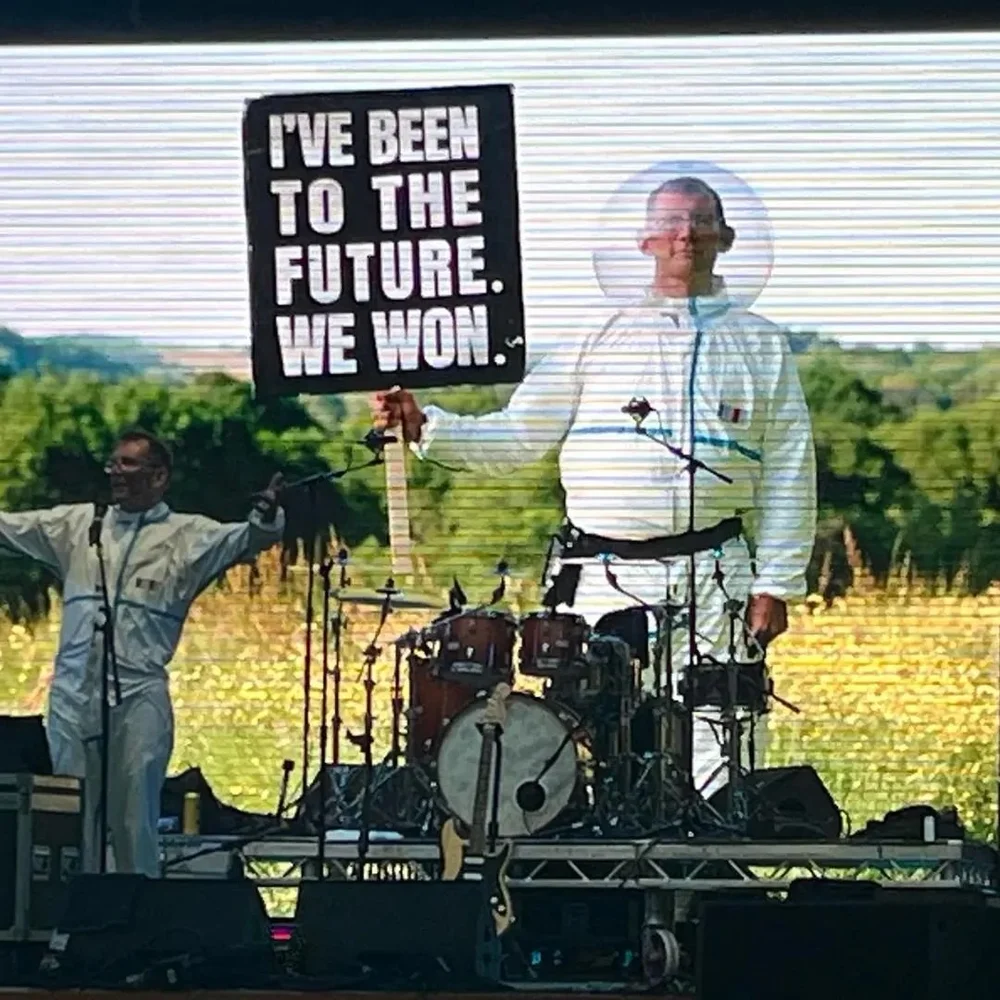
"Let's tell the stories that allow us to fall in love with how that future could be."
Rob Hopkins is an impassioned and articulate advocate for the transformative power of collective imagination. At last year’s Boomtown Festival, he portrayed a “time traveler” from the year 2030, returning with optimistic reports and “evidence” of a transformed, sustainable, and joyful world.
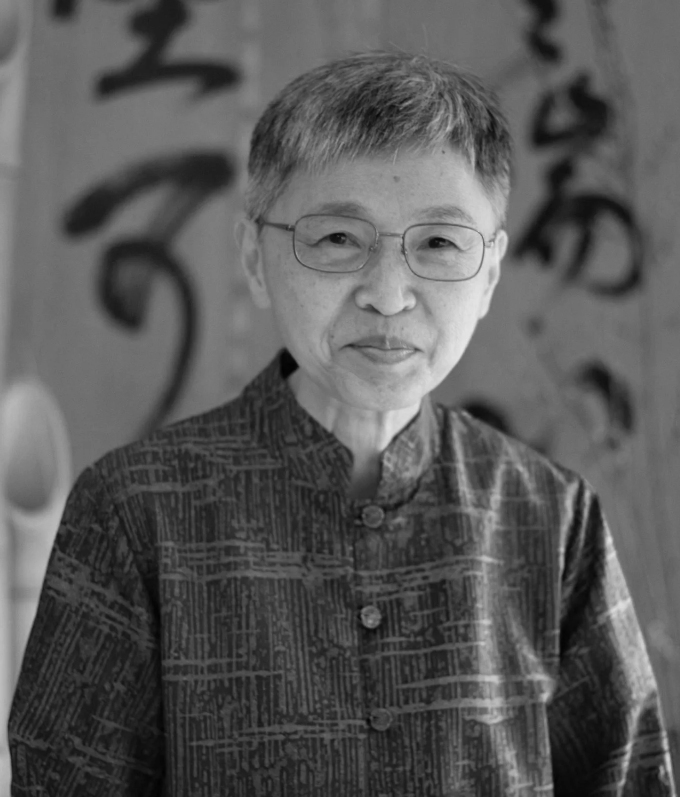
Imagine and live into a story beyond crisis and collapse.
In her book When No Thing Works, Norma Kawelokū Wong draws on her experiences as a Zen master, Indigenous Hawaiian leader, community activist, and policymaker to explore how to live well and act wisely in an era of systemic collapse, collective acceleration, and profound uncertainty.
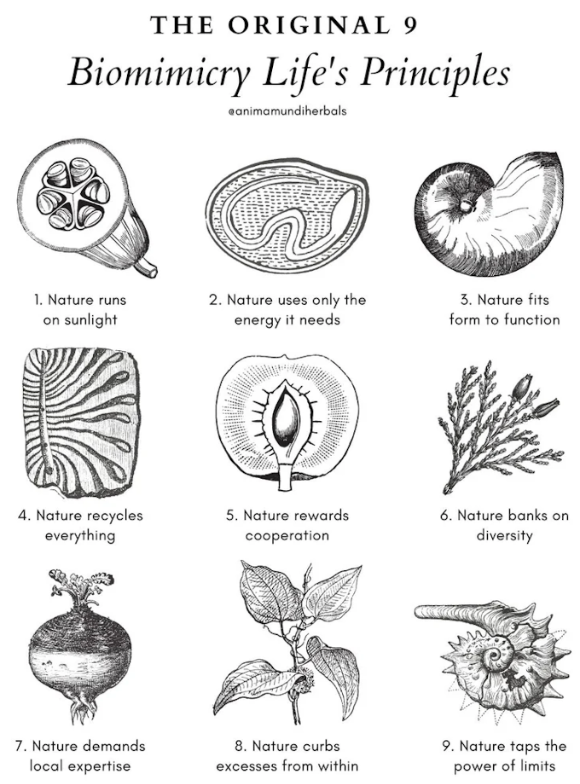
What if AI incorporated the ethical principles found in nature?
As artificial intelligence advances it raises serious ethical and environmental concerns. Researchers at University of Akron have proposed a new vision for AI inspired by nature.
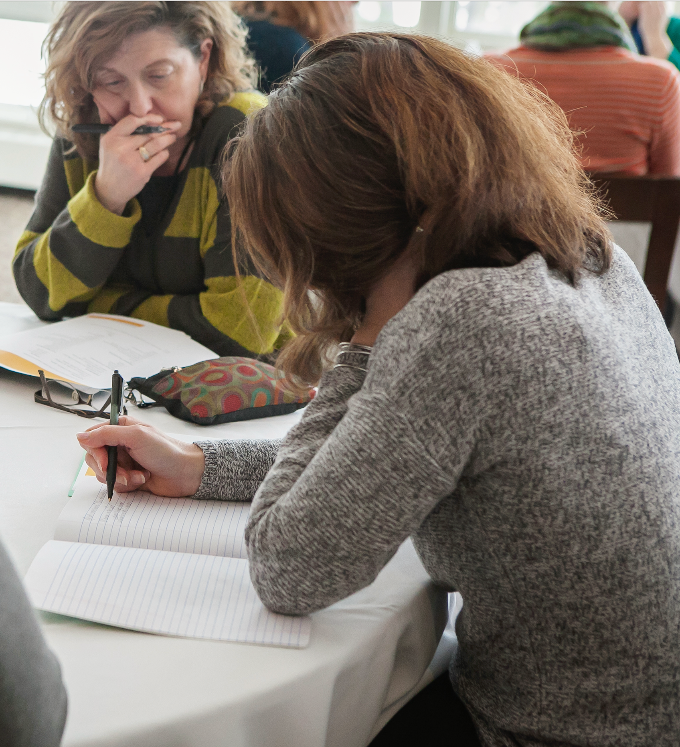
How creativity became an engine of economic growth and a corporate imperative
In the beginning, creativity was the province of god, not mortal humans. Steven Shapin, a scholar who studies the role of science in social, cultural, and historical contexts, notes that the Oxford English Dictionary records just a single usage of the word in the 17th century, and it’s religious: ‘In Creation, we have God and his Creativity.’
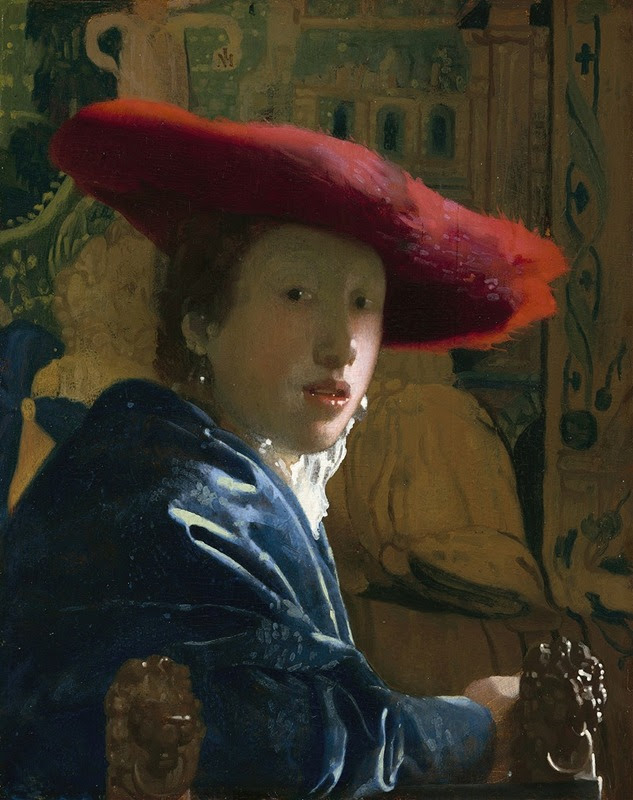
If art is such a central tenet of our culture, why do so many of us feel like we just don’t get it?
Despite art's pervasiveness, many people feel disconnected or unqualified to "get" art due to limited education or exposure. Courtney Tenz says this is a shame, because art can be a path to self-discovery and deeper connections with the world.
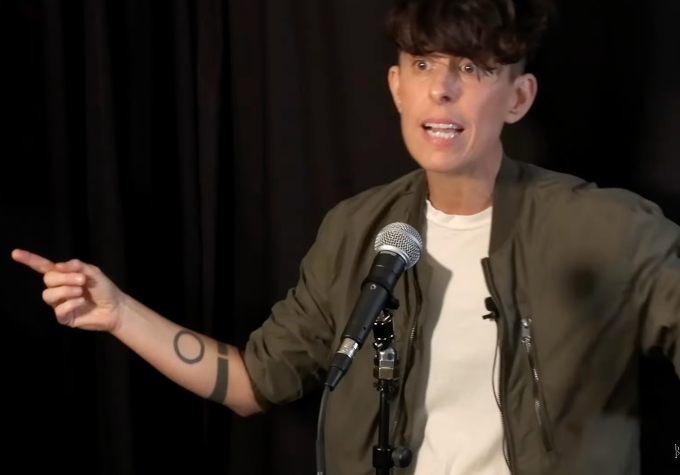
"I know most people try hard to do good and find out too late they should've tried softer."
When the poem, The Year of No Grudges was posted by Button Poetry in December 2021, Andrea Gibson had already announced their cancer diagnosis a few months earlier. The poem is a tender meditation on what it means to choose love—not because it’s easy, but because it’s honest. “Holding grudges,” they cry, “shrinks the heart,” while forgiveness is a deep grace worth striving for.
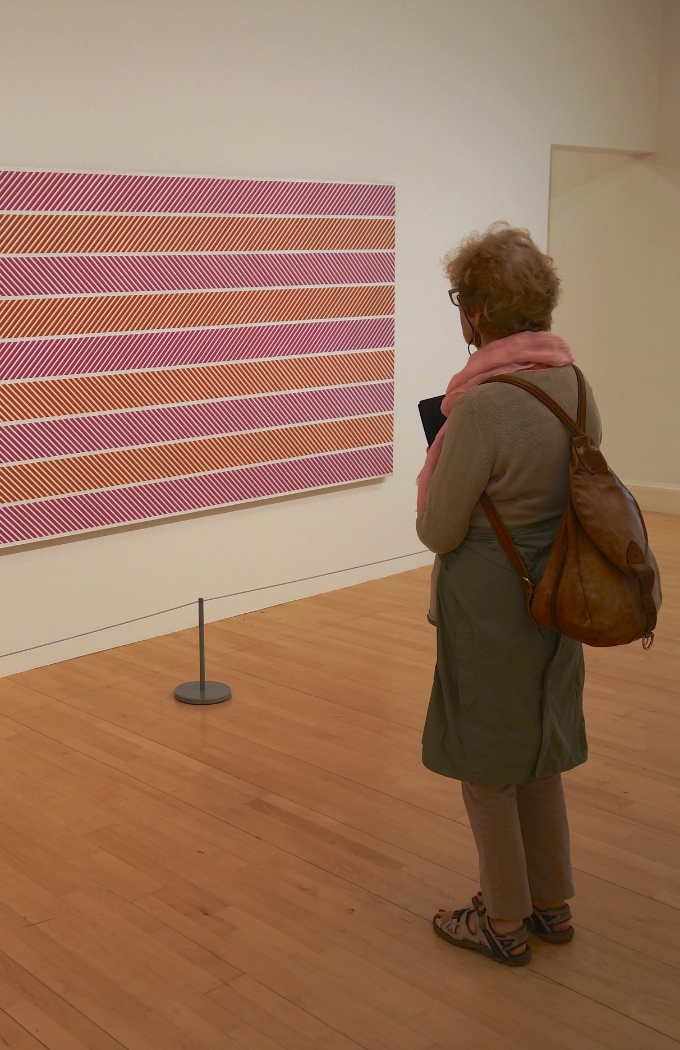
Scientifically proven ways that art can improve your health and well-being
The science is clear: art is not only reflective—it is actively beneficial to both mind and body. A growing body of research, supported by real-world healthcare integration, shows that viewing art (whether in person or virtually) can reduce stress, anxiety, and depression. These benefits are evidenced by lower cortisol levels and improved mood.
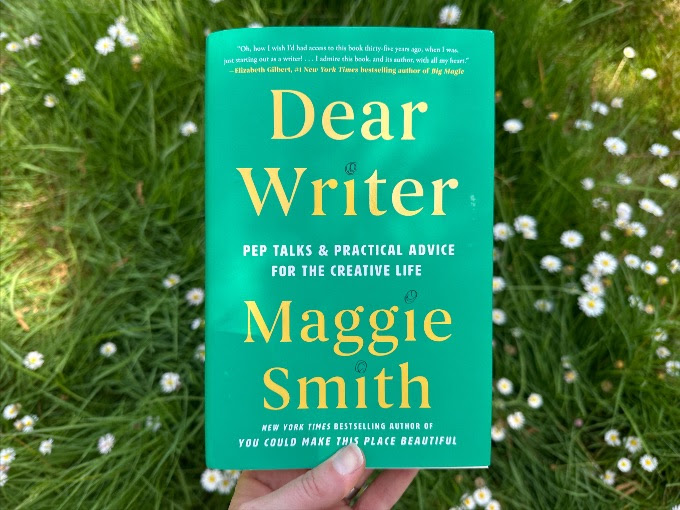
"Art is about letting yourself be changed. If you aren’t growing, what’s the point?"
Poet and essayist, Maggie Smith, has distilled two decades of teaching and creative practice into a book of reflections on both the craft and mindset of making art. Last week, writer and educator, Anna Brones, interviewed Smith for her newsletter, Creative Fuel.
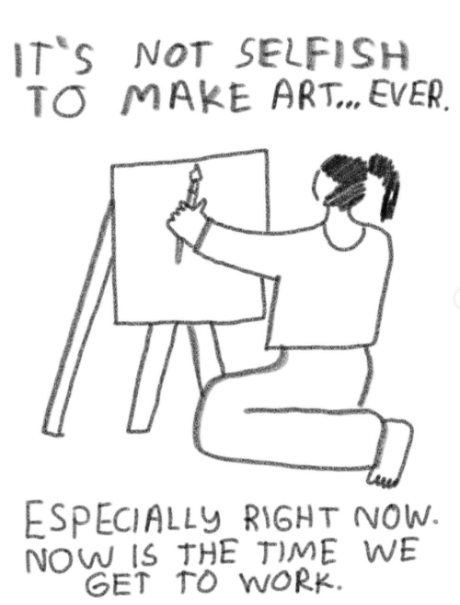
How to build a creative business as an artist and a leader
Katerina Popova is a Philadelphia-based painter who helps fellow artists build their businesses and advocate for themselves. Through books, coaching, and self-made platforms, she offers practical resources and inspiration.
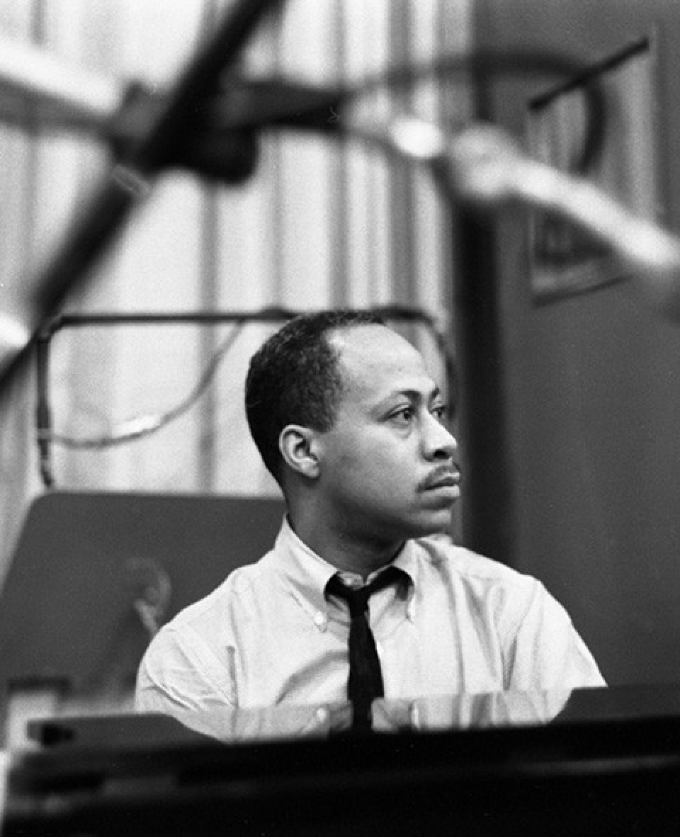
A jazz master shows how to contribute when your footing isn't what you thought it was
Chris Corrigan is a facilitator, consultant, and teacher with deep expertise in participatory processes, large-group facilitation, and dialogic approaches to organizational change and complexity.
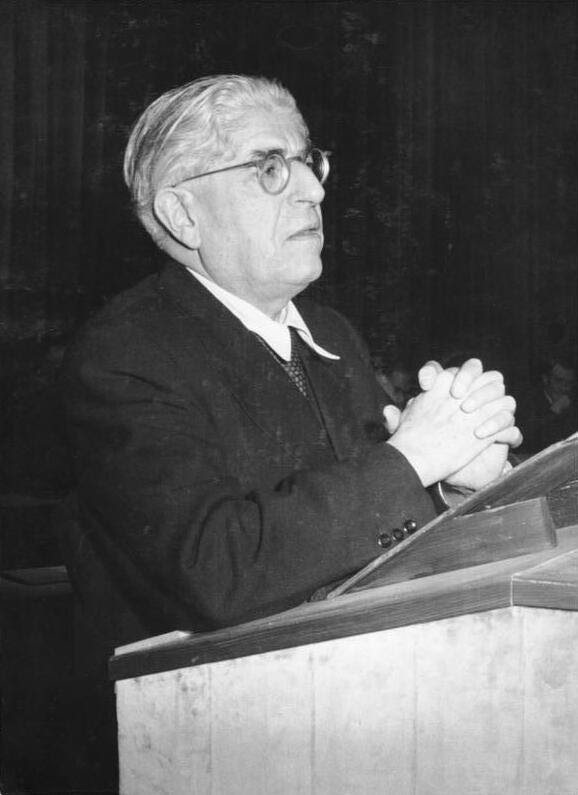
Learning to cultivate the hidden strengths of people and societies
Ernst Bloch was a pioneering thinker on utopia, hope, and the role of human aspiration in shaping history and society. Born in 1885, he studied philosophy, German literature, experimental psychology, physics, and music, drawing influence from Jewish mysticism and the Kabbalah.
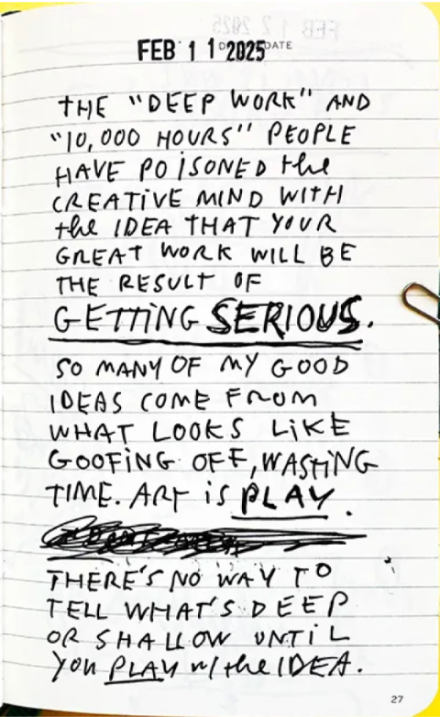
"I truly think that autodidacts are responsible for all that is good and great about alternative culture."
Celine Nguyen is a designer and writer from California. She publishes a great newsletter that explores "literature, design, fashion, technology, phenomenology, perfume, and Proust"—a list that only skims its depth and breadth.
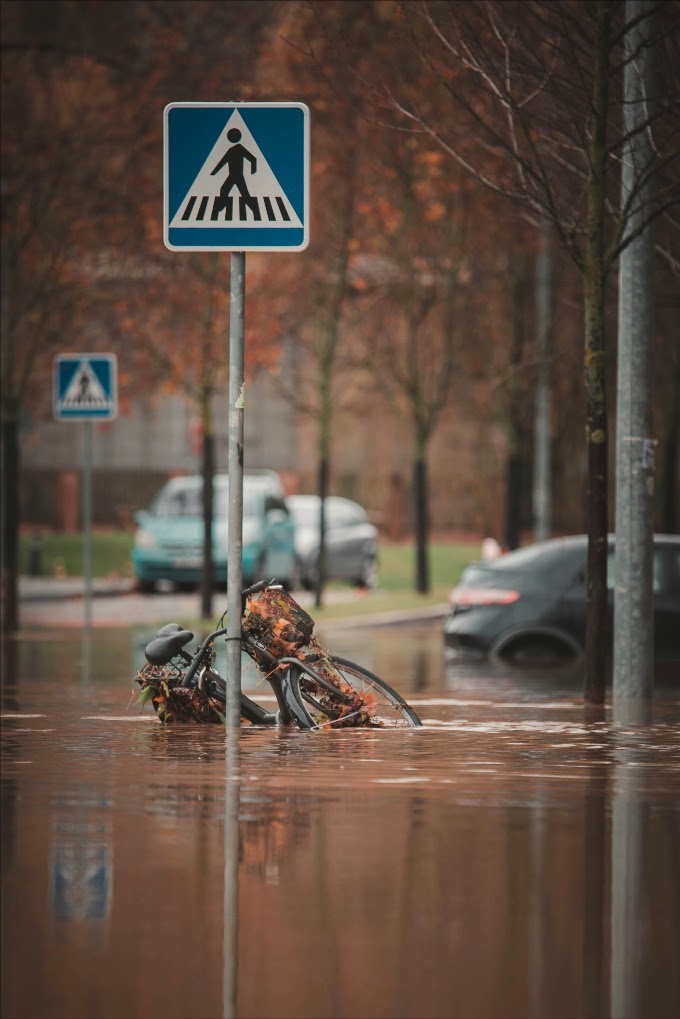
Apocalypses destroy old worlds, but they also create new ones.
Science journalist Lizzie Wade challenges the idea that apocalypses are solely about destruction. Instead, she argues they can be moments of transformation—times when societies collapse but also rebuild, sometimes in better ways.
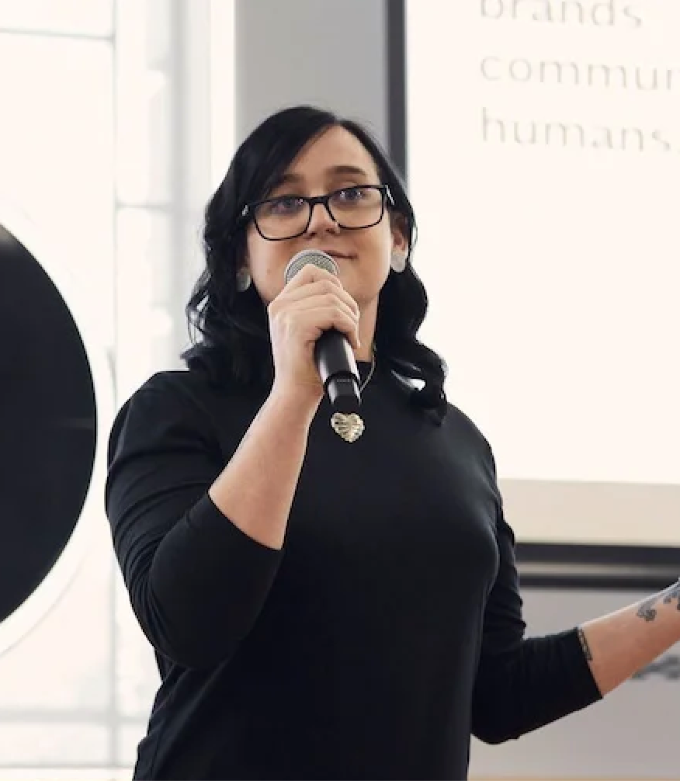
"Goals are often surrogates for clarity. We set goals when we’re uncertain about what we really want."
Joan Westenberg recently reflected on her experience of achieving goals. Yes, she had reached some—but so what? The achievements felt hollow.
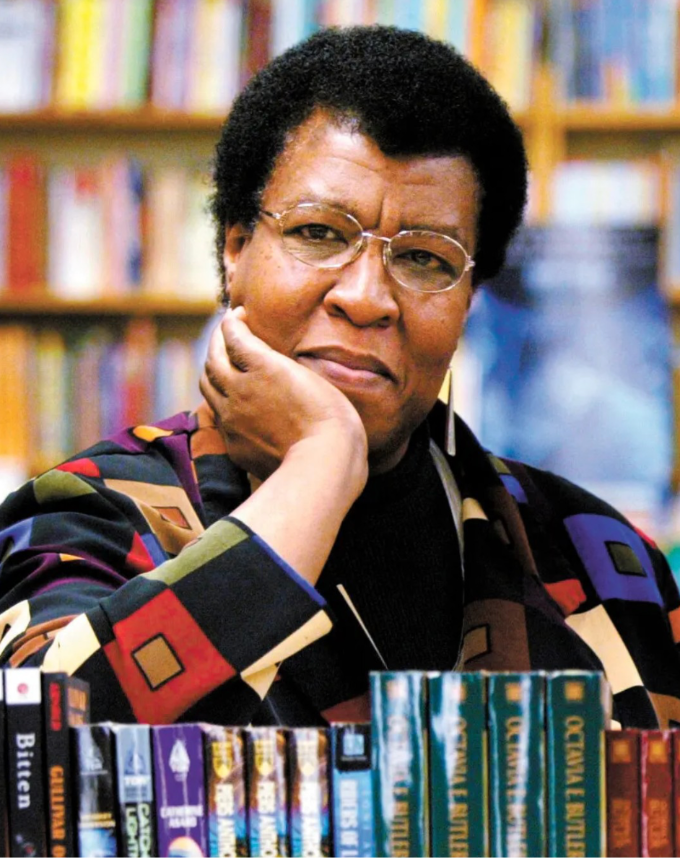
“Predicting doom in difficult times may have more to with the sorrow and depression of the moment than with any real insight into future possibilities."
In January 2000, the White House asked Octavia Butler to write a memorandum to President Clinton outlining her vision of the future. She chose to focus on education.
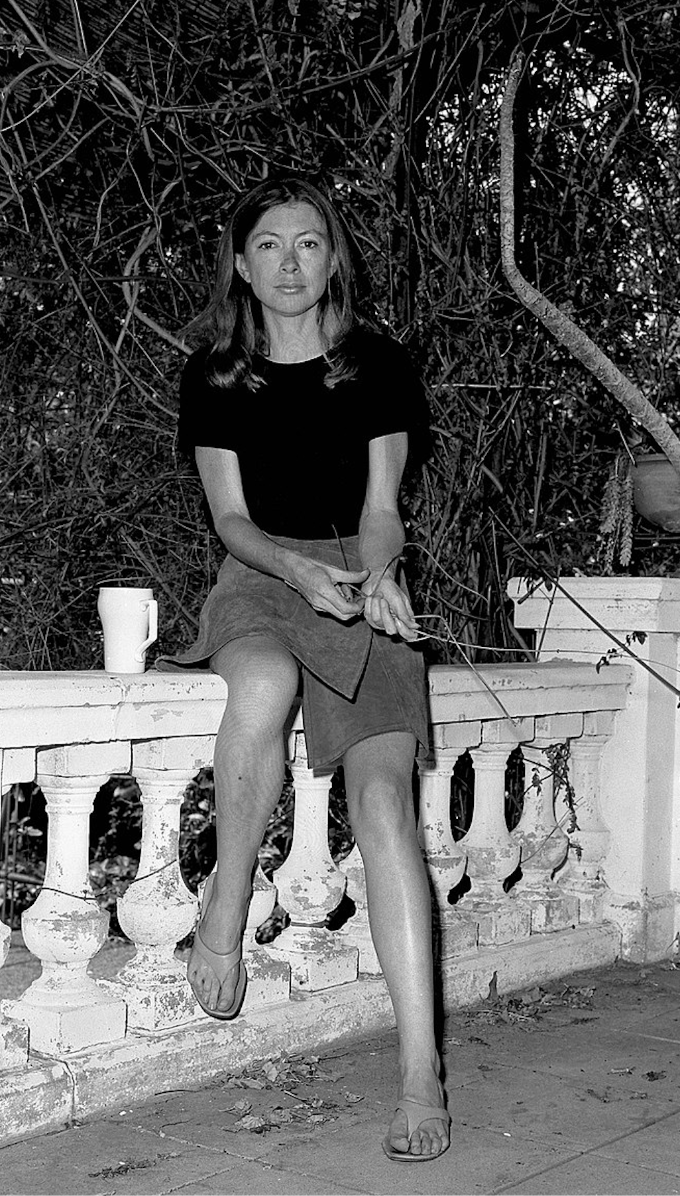
Some nitty-gritty details regarding Joan Didion’s writing process
Jillian Hess describes her newsletter, Noted, like this: “I’ve spent the past two decades studying hundreds of notebooks, and I’m excited to share the most interesting, inspiring, and unique notes with you.” Through Noted, she offers a behind-the-scenes look at the creative processes of some of the world’s most fascinating minds.
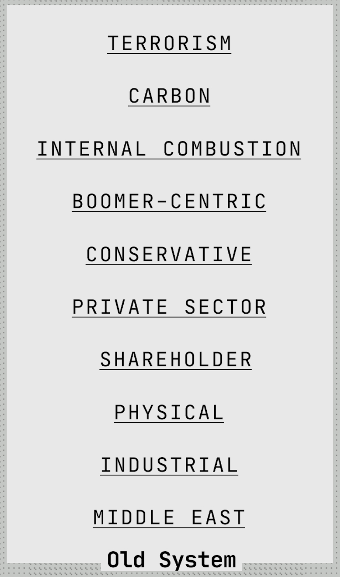
Through the eyes of 2100: What a future historian might see in today’s world
Trump may make America great again — just not in the way he had intended. Peter Leyden has posed an intriguing thought experiment: What would a historian in the year 2100 consider most significant about our time?
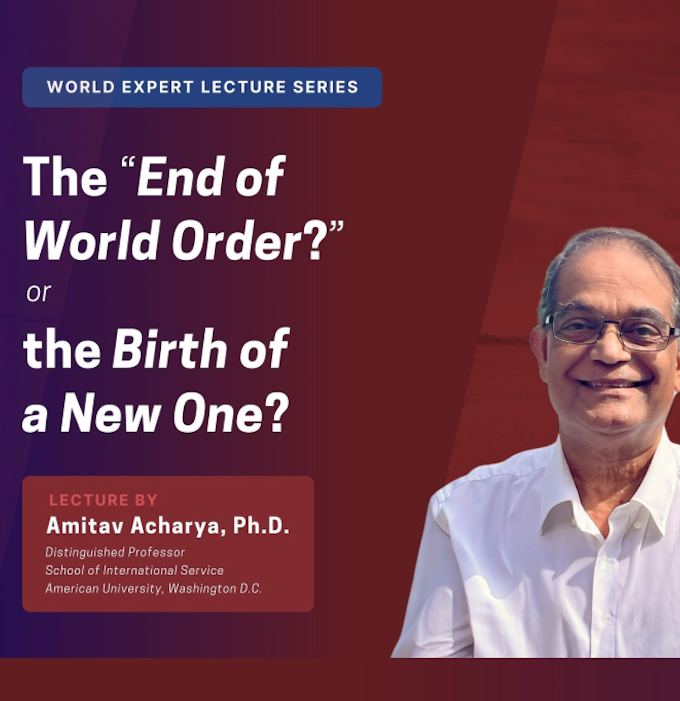
'To understand that the American order is not the only possible system — that, for many countries, it is not even a particularly good or fair one — is to allow oneself to hope that its end could augur a more inclusive world.'
Amitav Acharya is a globally renowned scholar of International Relations.
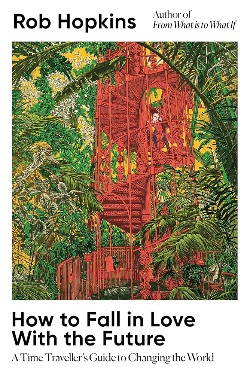
'The question isn’t whether we can imagine a better future—it’s whether we can afford not to.'
Rob Hopkins, a leader in sustainability and community change, says the future isn’t something that just happens—it’s something we create.
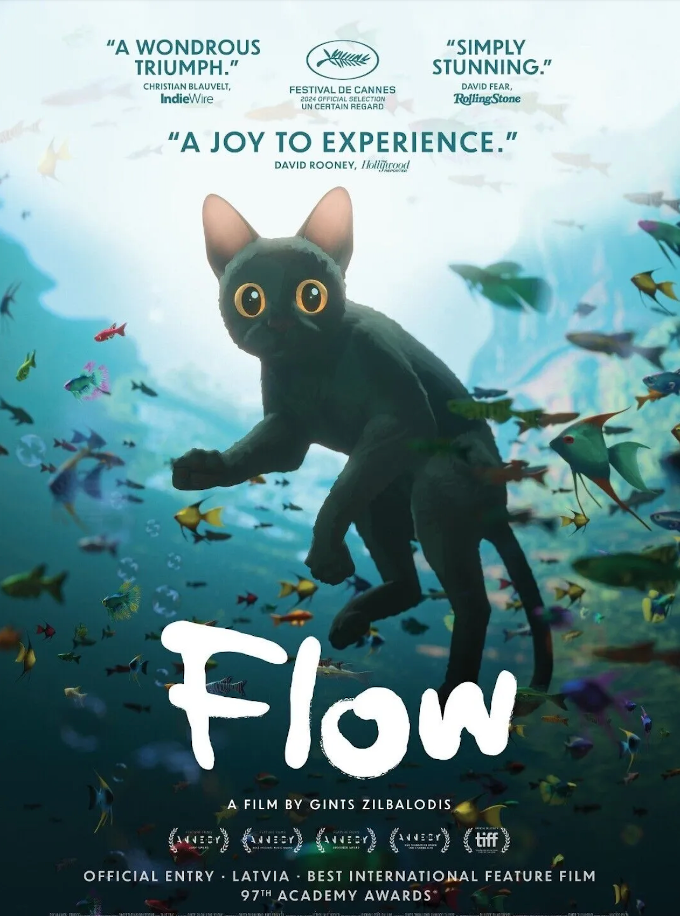
'Embrace your constraints — they’ll spark your creativity.'
In another example of DIY cool, consider this: Pixar’s Inside Out 2 had a staggering $200 million budget, DreamWorks spent $78 million on The Wild Robot, and Aardman made the latest Wallace and Gromit film for about $40 million.
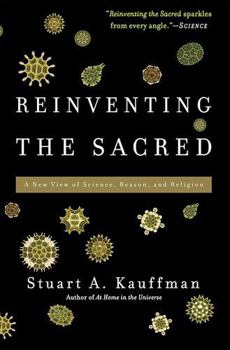
Proposing a new enlightenment
Stuart A. Kauffman also believes we can be saved by the beauty of the world. He argues that the universe’s inherent creativity should be regarded as sacred, offering a foundation for meaning and spirituality without relying on religion.
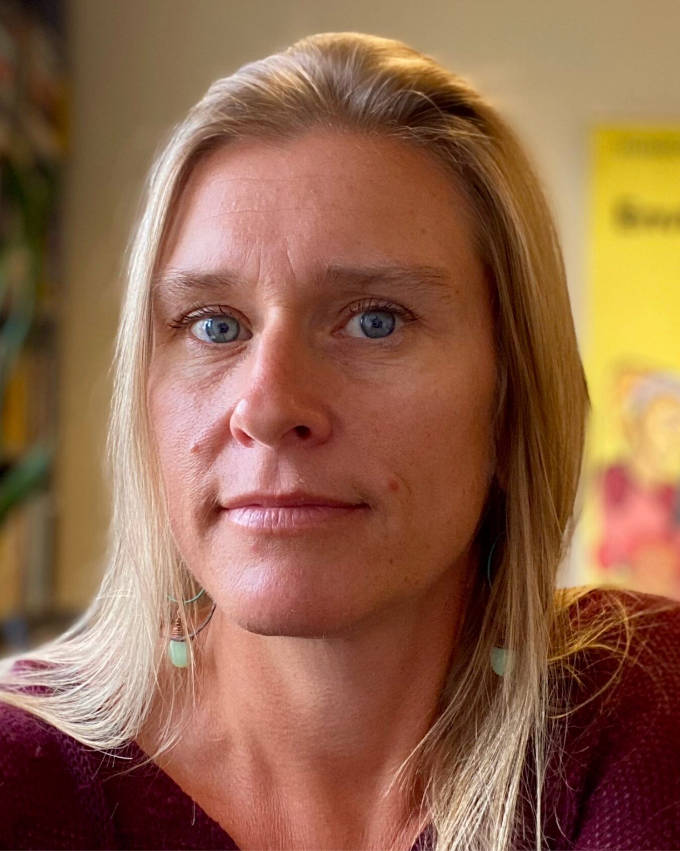
Negative emotions like grief and horror can coexist with positive feelings such as love and beauty.
Sarah Jaquette Ray recalls the day she asked her students to envision a positive future 10–15 years ahead—one in which their hopes for solving global problems had been realized.
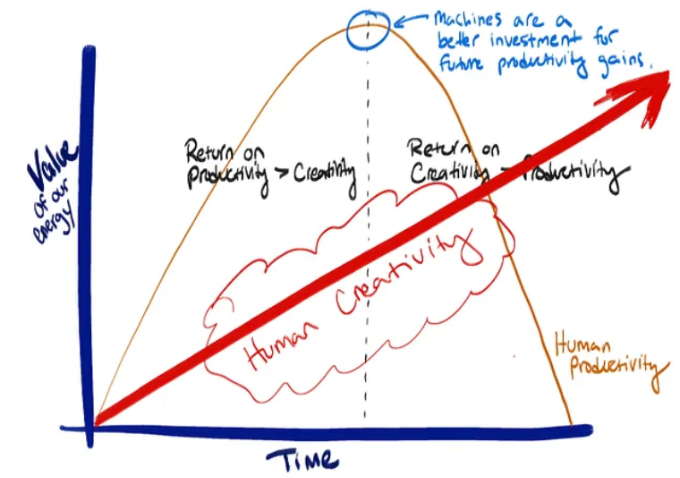
In the age of A.I. and machine learning, just being more productive won’t cut it. The future belongs to the creatives.
In the Human Productivity Parabola (see graph above), we have now passed the point — call it the 'Productivity-Creativity Inversion' — where machines (algorithms, robots, etc.) have become a better investment for future productivity gains than humans.
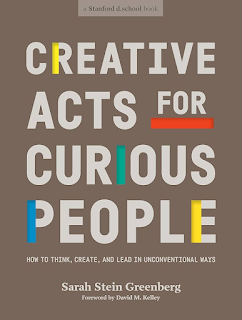
'How to Talk to Strangers' and 80 other tools to help navigate uncertainty with resilience and purpose
In an era of ambiguous, messy problems—as well as extraordinary opportunities for positive change—it’s vital to have both an inquisitive mind and the ability to act with intention. Creative Acts for Curious People is filled with ways to build those skills with resilience, care, and confidence.
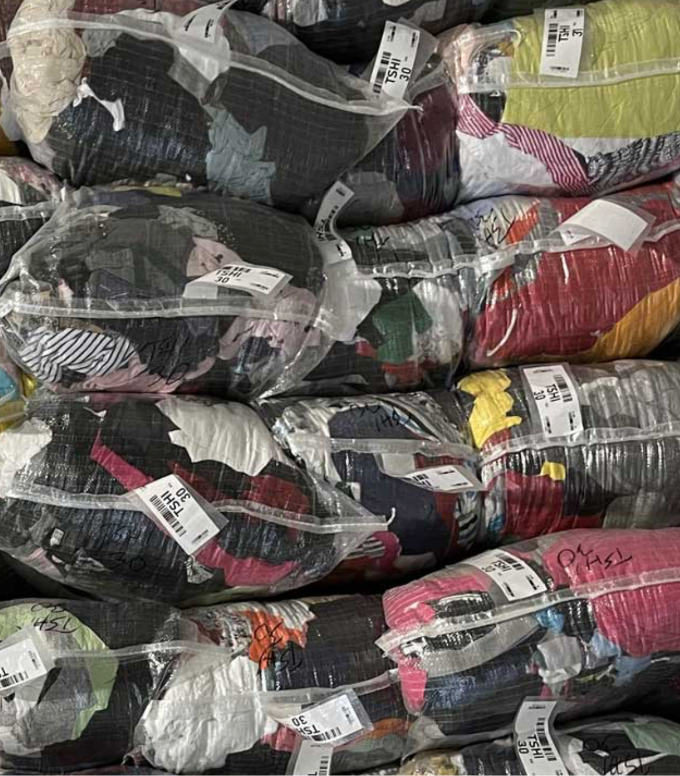
Turning mixed textile waste that was destined for landfill or incineration into something valuable and usable by Earth’s “helpers”.
There are millions of species of bacteria, archaea, and algae, the most ancient and widespread engines of material flows and life support for the planet.
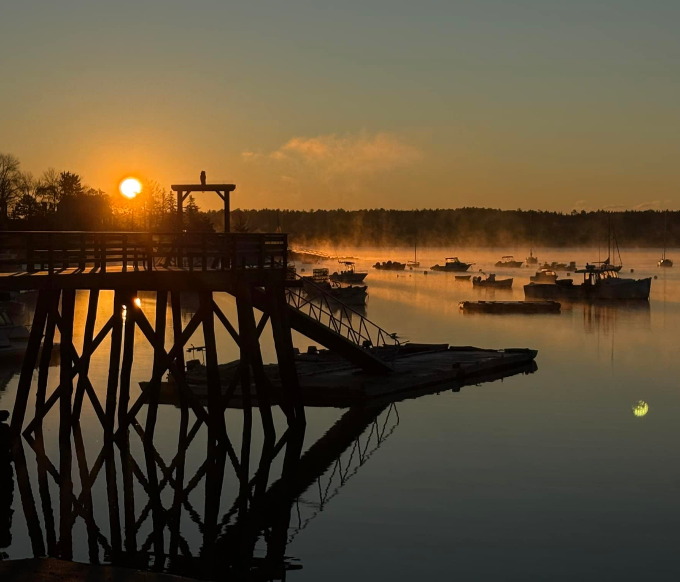
'We have a duty to dwell on the overwhelming beauty of the world, to let its warmth soothe our sore hearts.'
Recently Cameron Bellm has been reading the diaries of journalist, social activist, and co-founder of the Catholic Worker Movement, Dorothy Day.
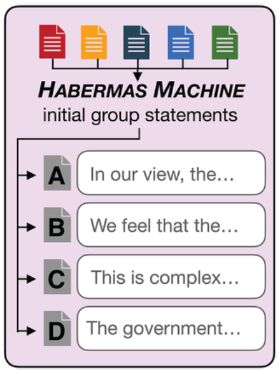
Just in time? Research shows that AI mediation can help people find common ground on complex social and political issues.
To act collectively, groups must reach agreement; however, this can be challenging when discussants present very different but valid opinions.
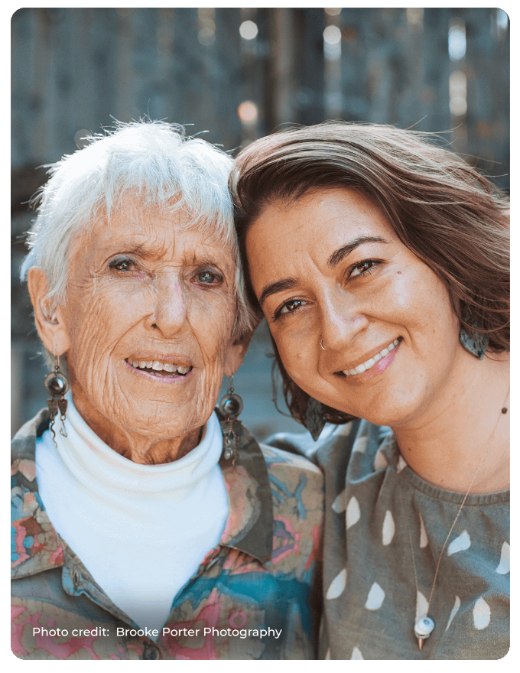
What it takes to live with our hearts and integrity intact in this time of global crisis.
We welcome you to the kitchen table of the legendary eco-spiritual teacher Joanna Macy....You’ll be guided into these conversations by Jess Serrante, a longtime activist and student of Joanna’s.
